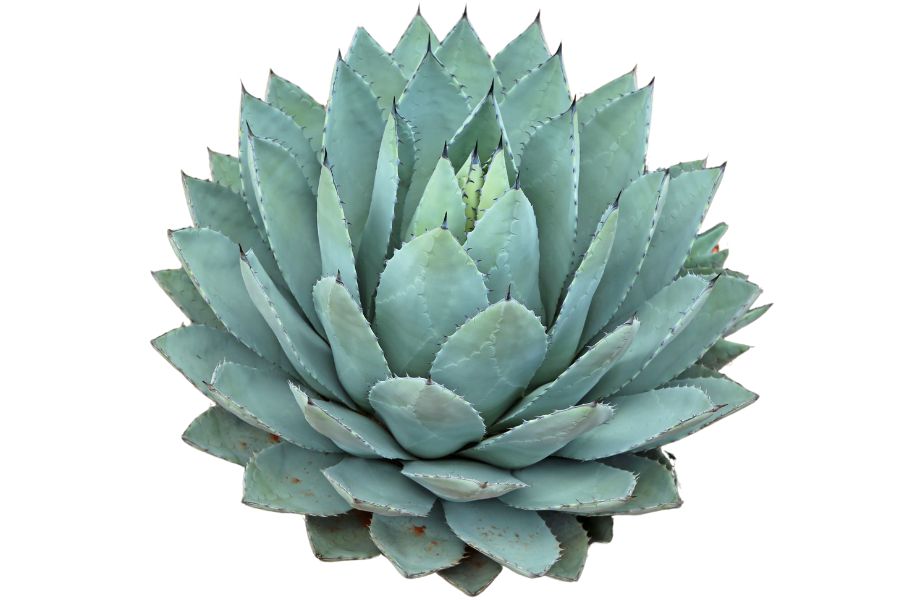Arizona’s deserts and canyons hold more edible plants than most people expect. Wild onions pop up near mountain streams, and prickly pear pads can be harvested almost year-round. Even the dried seeds of mesquite pods have been used as food for centuries.
High elevations offer their own surprises, like the tender inner stalks of young agave or the edible flower buds of yucca. These aren’t forgotten relics of desert survival—they’re practical, seasonal foods still thriving in the wild. From the Sonoran lowlands to the Mogollon Rim, elevation shifts bring entirely new edible plants into reach.
Some plants hide in plain sight, while others are tucked into rocky slopes or near dry washes. Being able to identify just a handful opens up opportunities for dozens more. The sheer range of edible species growing wild in Arizona makes you wonder just how much is waiting to be found on your next walk.
What We Cover In This Article:
- The Edible Plants Found in the State
- Toxic Plants That Look Like Edible Plants
- How to Get the Best Results Foraging
- Where to Find Forageables in the State
- Peak Foraging Seasons
- The extensive local experience and understanding of our team
- Input from multiple local foragers and foraging groups
- The accessibility of the various locations
- Safety and potential hazards when collecting
- Private and public locations
- A desire to include locations for both experienced foragers and those who are just starting out
Using these weights we think we’ve put together the best list out there for just about any forager to be successful!
A Quick Reminder
Before we get into the specifics about where and how to find these plants and mushrooms, we want to be clear that before ingesting any wild plant or mushroom, it should be identified with 100% certainty as edible by someone qualified and experienced in mushroom and plant identification, such as a professional mycologist or an expert forager. Misidentification can lead to serious illness or death.
All plants and mushrooms have the potential to cause severe adverse reactions in certain individuals, even death. If you are consuming wild foragables, it is crucial to cook them thoroughly and properly and only eat a small portion to test for personal tolerance. Some people may have allergies or sensitivities to specific mushrooms and plants, even if they are considered safe for others.
The information provided in this article is for general informational and educational purposes only. Foraging involves inherent risks.
The Edible Plants Found in the State
Wild plants found across the state can add fresh, seasonal ingredients to your meals:
Prickly Pear Cactus (Opuntia spp.)
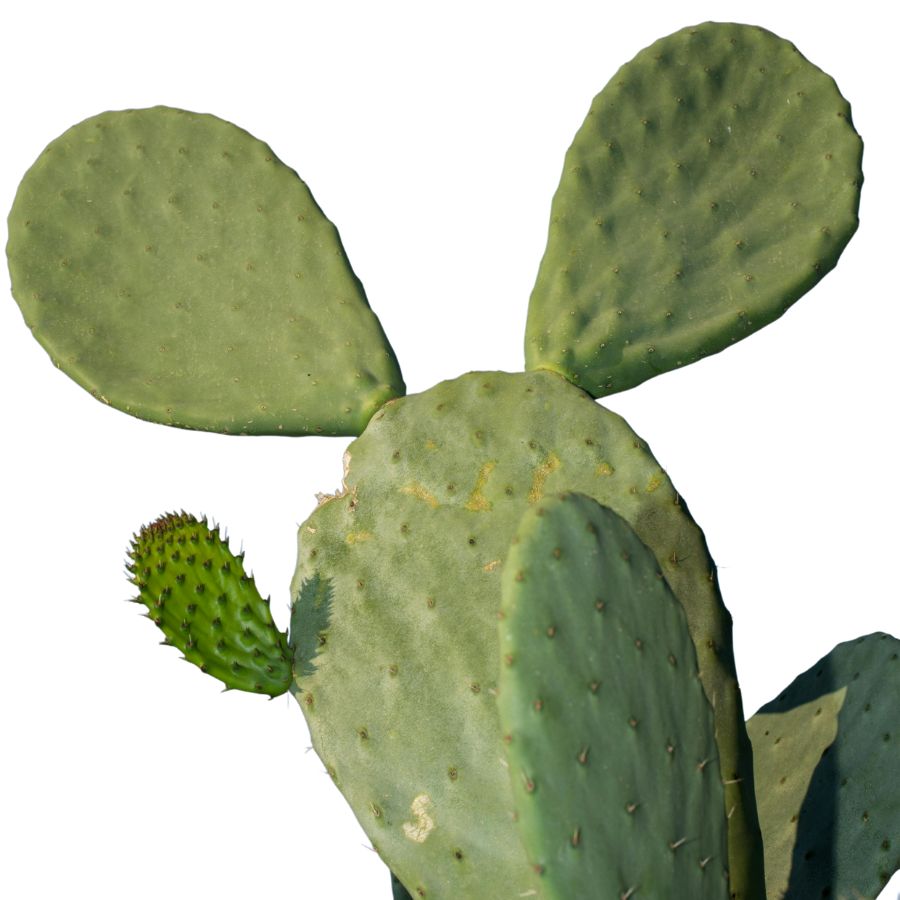
Prickly pear cactus grows in flat, paddle-shaped sections called pads, which are covered in clusters of small spines called glochids. The pads are usually green, but the fruits that follow are round or oval and turn shades of bright red or purple when ripe.
Some plants that look like prickly pear have much denser spines and no edible fruit, so it is important to make sure you have the right one. True prickly pear fruits are filled with tiny hard seeds and have a slightly sticky juice that smells sweet.
The pads, also called nopales, have a firm but tender texture when cooked and taste mildly tart, almost like green beans mixed with lemon. People often grill, sauté, or pickle the pads, while the fruit, called tunas, is eaten raw or made into jellies, candies, and drinks.
Before you eat prickly pear, be sure to remove all the tiny spines from the pads and peel the thick skin off the fruit to avoid irritation. Only the inner flesh of the fruit and the cleaned pads are safe to eat, and skipping those steps can make for a painful mistake.
Mesquite (Prosopis spp.)
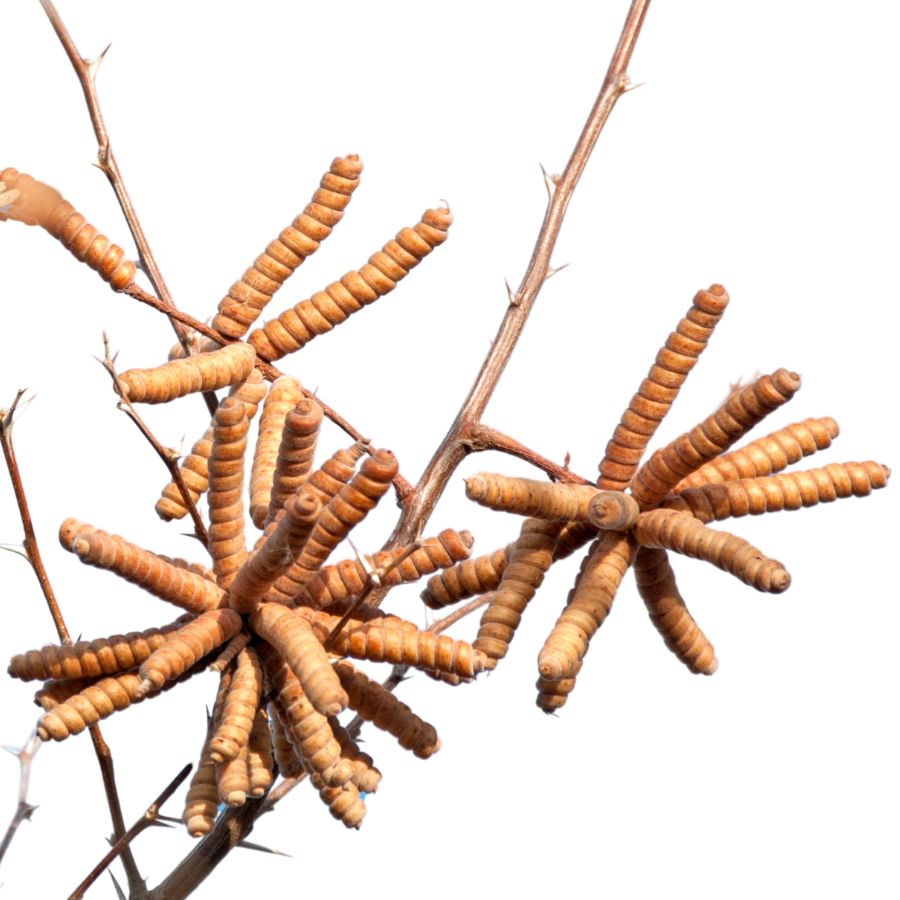
Mesquite produces long seed pods that are edible when ground into a fine flour, giving a naturally sweet, molasses-like flavor. The pods have a firm outer shell with a chewy pulp inside that can be dried and milled.
The seeds inside the pods are not eaten raw—they’re too hard to digest and should be discarded or removed during processing. Mesquite flour works well in baking or as a flavor enhancer in drinks and sauces.
Avoid confusing mesquite with acacia species that also bear seed pods but often have toxic or bitter seeds; mesquite pods are typically more curved and lack the intense tannins. Taste is the easiest way to confirm—mesquite is sweet, not astringent.
The tree’s bark and leaves aren’t used in cooking, so focus only on harvesting the pods. Even when dried, the flour has excellent shelf life, making it a favorite among desert foragers.
Cholla Cactus (Cylindropuntia spp.)
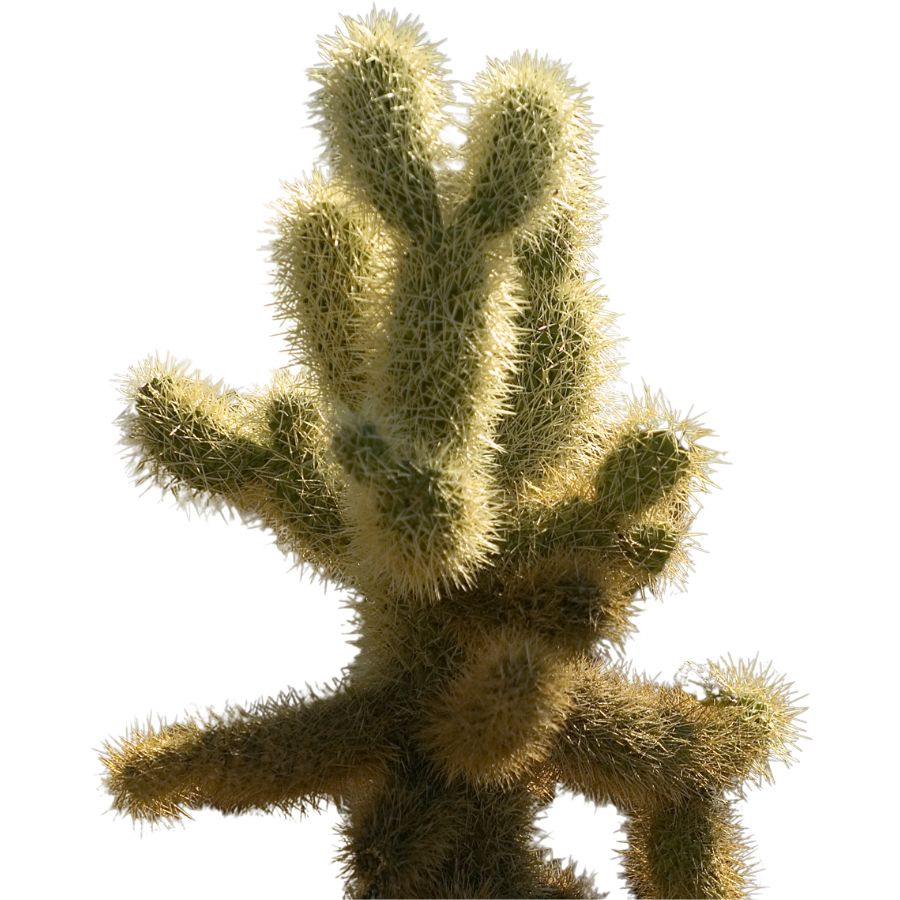
If you’re dealing with a cactus that has segmented, barbed joints that cling to you like Velcro, you’ve probably found cholla. The young joints and ripe fruit are the most commonly eaten, though you’ll need thick gloves and careful handling to get to them.
The fruit has a sweet flavor with a mild strawberry taste, while the raw joints—especially from jumping cholla—have a texture and flavor similar to kiwi. Most people cook the joints to reduce the chance of stomach irritation.
Spines must be thoroughly removed from both parts before eating, as even the smallest ones can cause injury. Use tongs or fire to help dislodge the glochids, which are tiny, hair-like barbs hidden among the bigger spines.
Some varieties of cholla may resemble non-edible or less desirable cacti, but their segmented cylindrical stems set them apart. Always avoid woody or older joints, as they’re too tough to chew and not used for food.
Saguaro (Carnegiea gigantea)
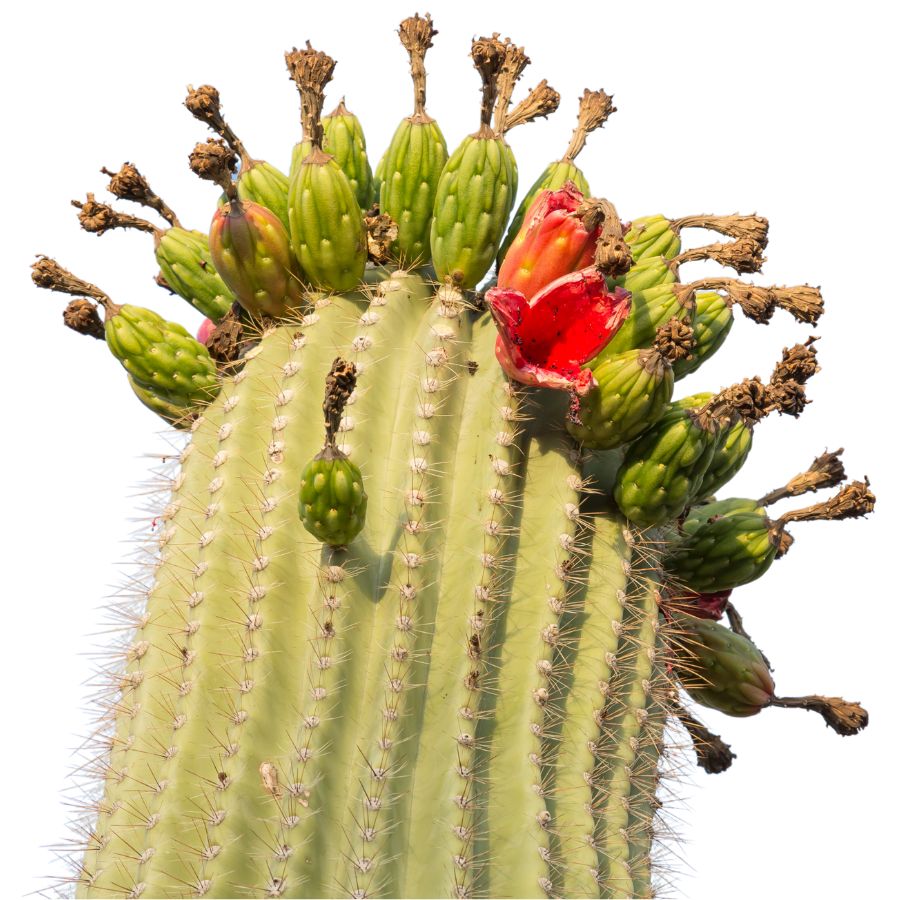
You’ll recognize the saguaro by its towering height and arm-like branches that extend upward from a central trunk. Its fruit grows directly from the top of those arms and splits open when ripe to reveal red flesh and black seeds.
The fruit tastes sweet but not overpowering, and the texture is soft and a bit gritty from the seeds. Many people make syrup or jam from it, but it can also be dried or eaten raw.
If you see a similar cactus with thinner ribs and more densely packed stems, it’s probably an organ pipe cactus, which has edible fruit but looks distinctly different. Saguaro fruits are usually solitary at the tips of arms, unlike the clustered growth of organ pipe.
Stick to the fruit—don’t attempt to consume the flesh, spines, or flowers. There’s nothing toxic in those parts, but they’re tough, fibrous, and not palatable.
Agave (Agave spp.)
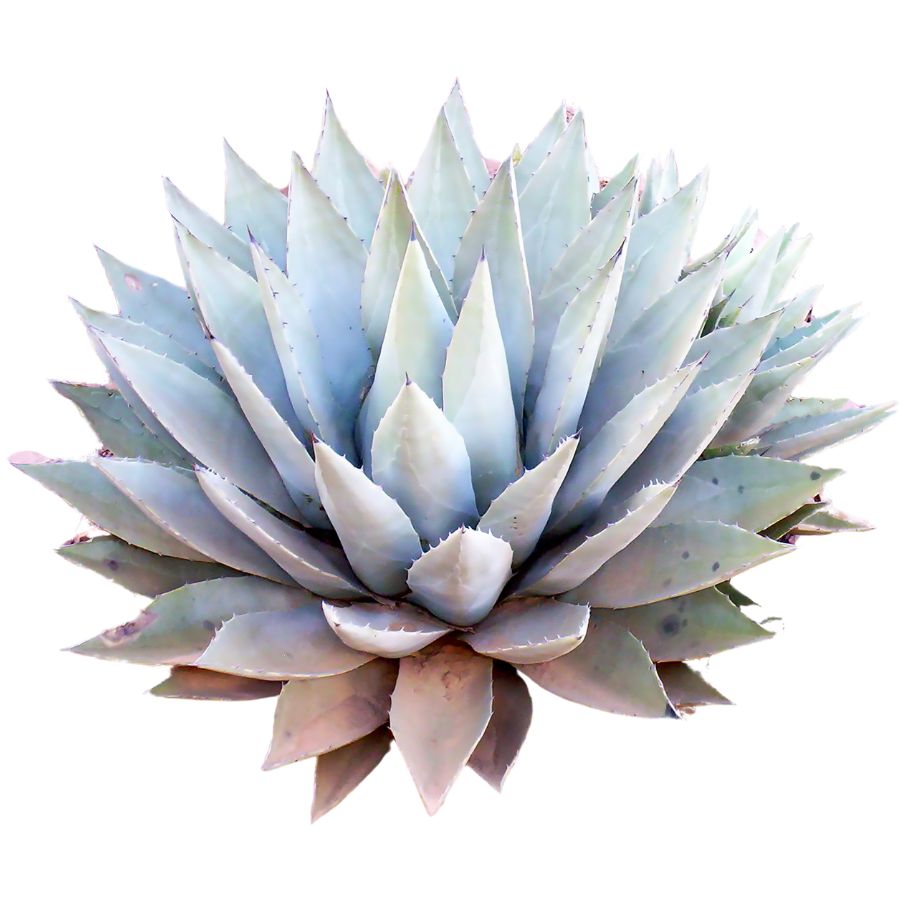
The thick, pointed leaves of agave grow in tight rosettes and often have sharp spines along the edges and tips. Some non-edible lookalikes, like certain yucca species, lack the sap that can irritate your skin and don’t produce the same edible core.
You can roast the central heart—or piña—after removing the tough leaves; it becomes sweet and fibrous, like smoky squash. The sap can also be boiled into syrup or fermented into a mildly alcoholic drink, though it’s the heart that’s most often consumed.
The raw leaves and sap shouldn’t be eaten due to toxic compounds that can cause irritation and digestive upset. Always strip the outer leaves completely and cook the core thoroughly before using it.
If you taste properly roasted agave, expect a rich, earthy sweetness with a slightly sticky texture. The outer layers are discarded, while the roasted interior pulls apart like pulled pork and can be eaten plain or mashed into paste.
Yucca (Yucca spp.)
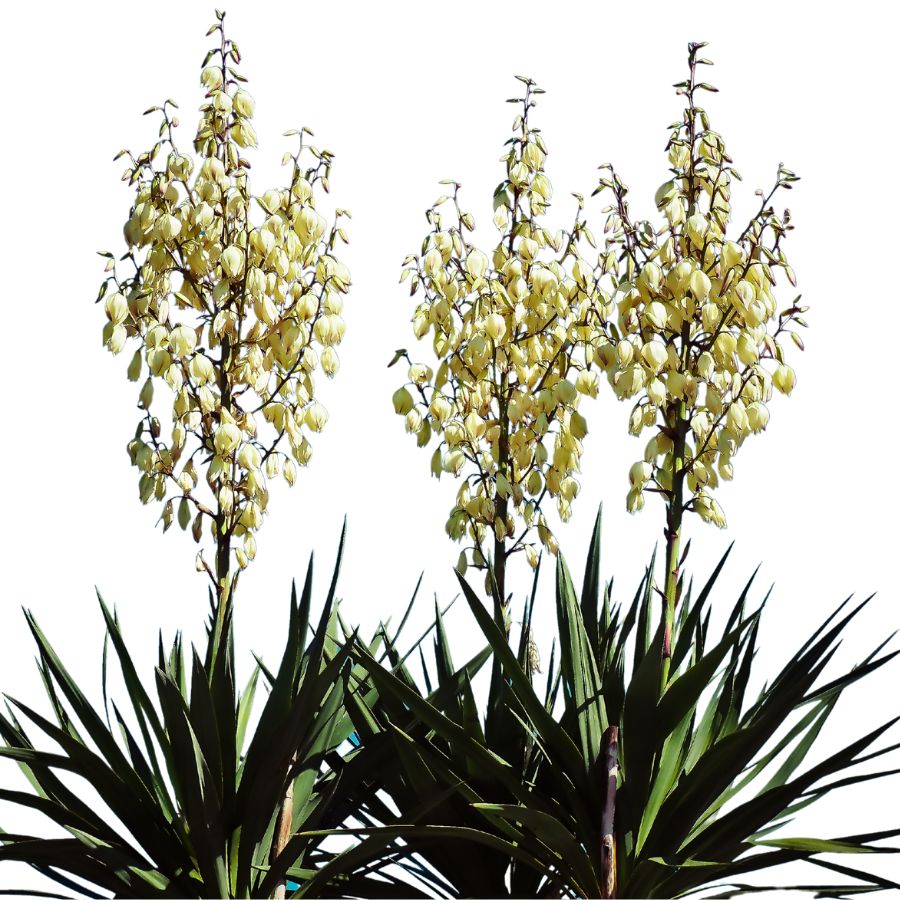
With its spiny, bluish-green leaves and tall central stalk, yucca grows in dry, rocky soils and can be surprisingly versatile as a food plant. The petals of the flower can be eaten raw but are usually cooked to tame their bitter edge and soften the waxy texture.
Avoid confusing it with Spanish dagger, which is a close relative but has leaf margins sharp enough to cut skin and isn’t as commonly consumed. Only certain species of yucca have edible roots, so be sure you know what you’re digging up.
Its roots need thorough cooking to be safe and digestible—usually sliced thin and roasted or simmered until soft. Once cooked, they taste mildly sweet and nutty, with a starchiness like parsnips.
Yucca flowers are sometimes dipped in batter and fried, giving them a crisp shell and tender inside. You shouldn’t try to eat the seed pods or mature leaves, which can carry irritating compounds even in small doses.
Purslane (Portulaca oleracea)
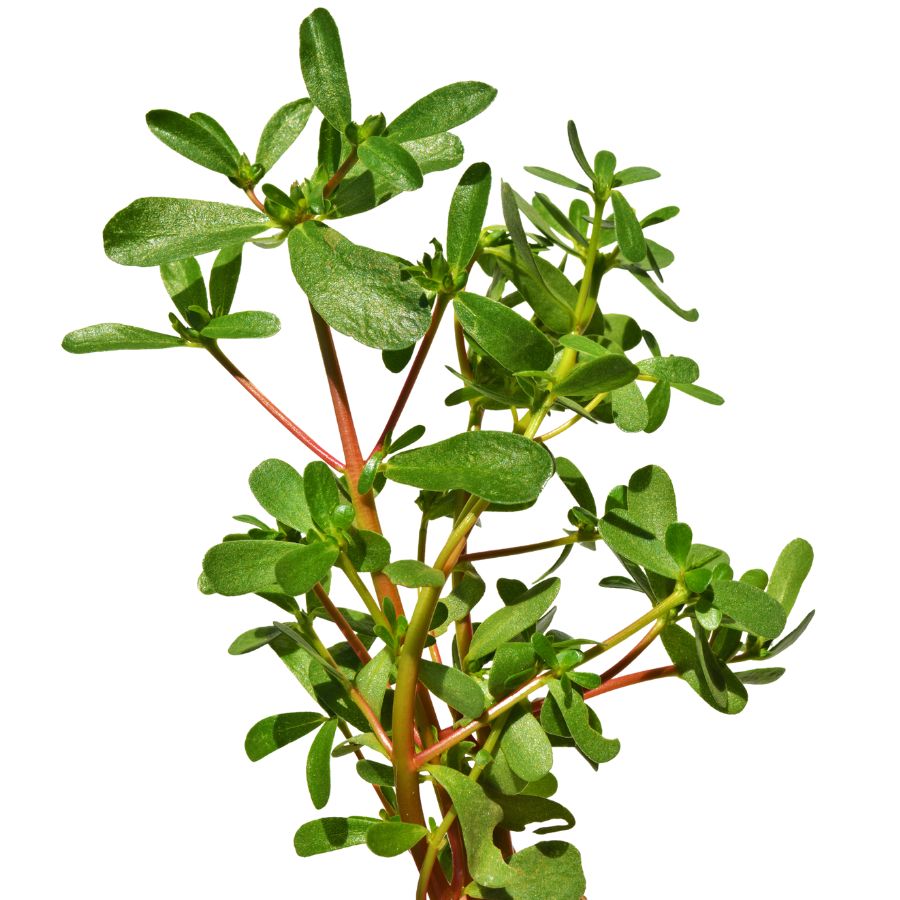
Purslane is a hardy, low-growing plant that’s also sometimes known as little hogweed or verdolaga. It has smooth, reddish stems and thick, paddle-shaped leaves that feel a bit waxy when you touch them.
The stems, leaves, and tiny yellow flowers are all edible, while the roots are not typically eaten. Purslane has a crisp texture with a slightly tart, lemony flavor that works well raw or cooked.
Some plants that look similar include spurge, which has a milky sap and is not edible, so it is important to check for purslane’s smooth, succulent stems and lack of sap. Always double-check by gently snapping a stem to make sure no white liquid appears.
You can toss fresh purslane into salads, sauté it lightly like spinach, or pickle it for later use. Its mild tartness and slight crunch make it a refreshing addition to sandwiches, soups, and even stir-fries.
Lamb’s Quarters (Chenopodium album)
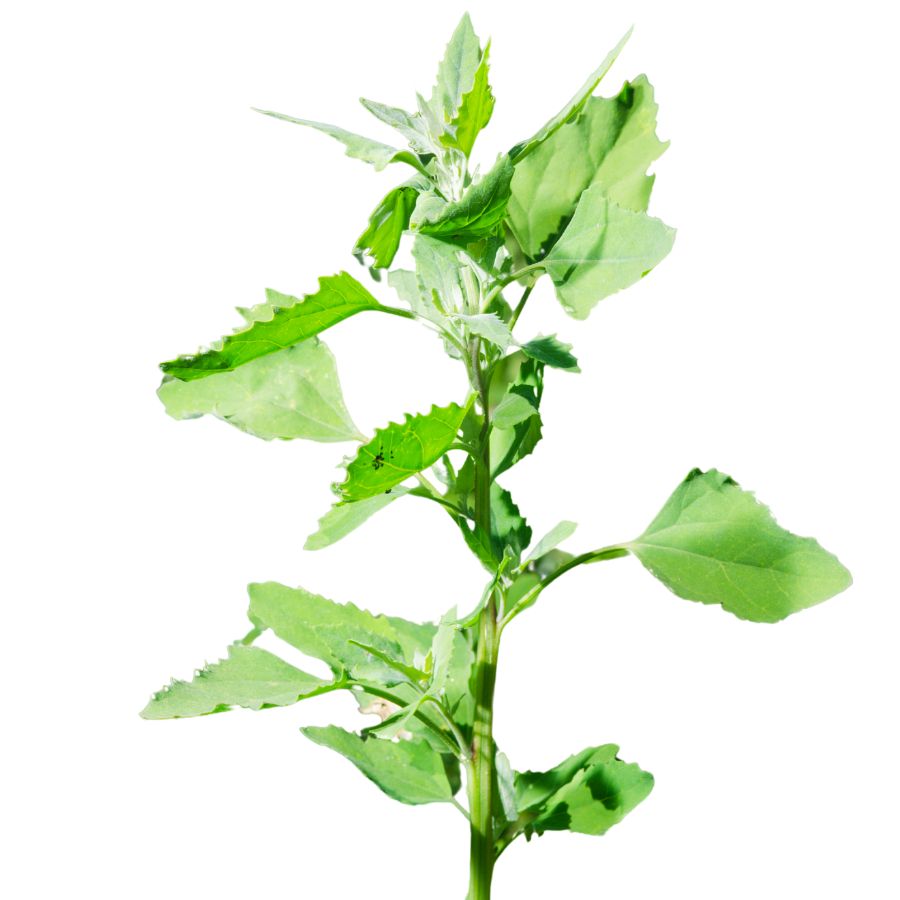
Lamb’s quarters, also called wild spinach and pigweed, has soft green leaves that often look dusted with a white, powdery coating. The leaves are shaped a little like goose feet, with slightly jagged edges and a smooth underside that feels almost velvety when you touch it.
A few plants can be confused with lamb’s quarters, like some types of nightshade, but true lamb’s quarters never have berries and its leaves are usually coated in that distinctive white bloom. Always check that the stems are grooved and not round and smooth like the poisonous lookalikes.
When you taste lamb’s quarters, you will notice it has a mild, slightly nutty flavor that gets richer when cooked. The young leaves, tender stems, and even the seeds are all edible, but you should avoid eating the older stems because they become tough and stringy.
People often sauté lamb’s quarters like spinach, blend it into smoothies, or dry the leaves for later use in soups and stews. It is also rich in oxalates, so you will want to cook it before eating large amounts to avoid any problems.
Amaranth (Amaranthus spp.)
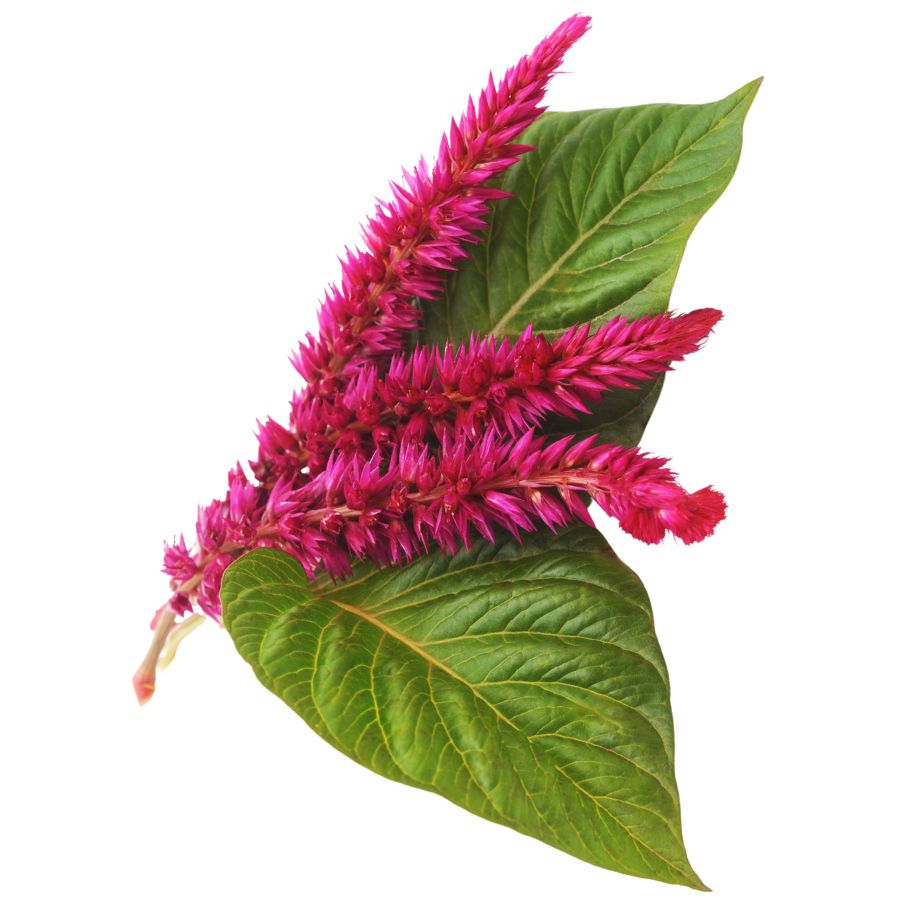
Amaranth has broad, often reddish-tinged leaves and dense flower spikes that range from green to deep purple. You can eat both the leaves and the seeds, with the leaves tasting slightly earthy and the seeds having a nutty flavor when cooked.
Boil or sauté the young leaves like spinach, or use the seeds as a grain substitute in porridge or flatbreads. Avoid pigweed lookalikes—while related, some varieties grow in contaminated soils or accumulate nitrates, making them a risky choice.
The seeds of amaranth are tiny, round, and can be white, golden, or dark brown, depending on the variety. Cooked seeds have a slightly chewy texture and pop a bit when heated, similar to quinoa.
Amaranth leaves are more tender when young and can be eaten raw, but mature leaves need cooking to soften their fibrous texture. There’s nothing toxic in the plant itself, but overconsumption of raw leaves can irritate due to oxalates.
Wolfberry (Lycium spp.)
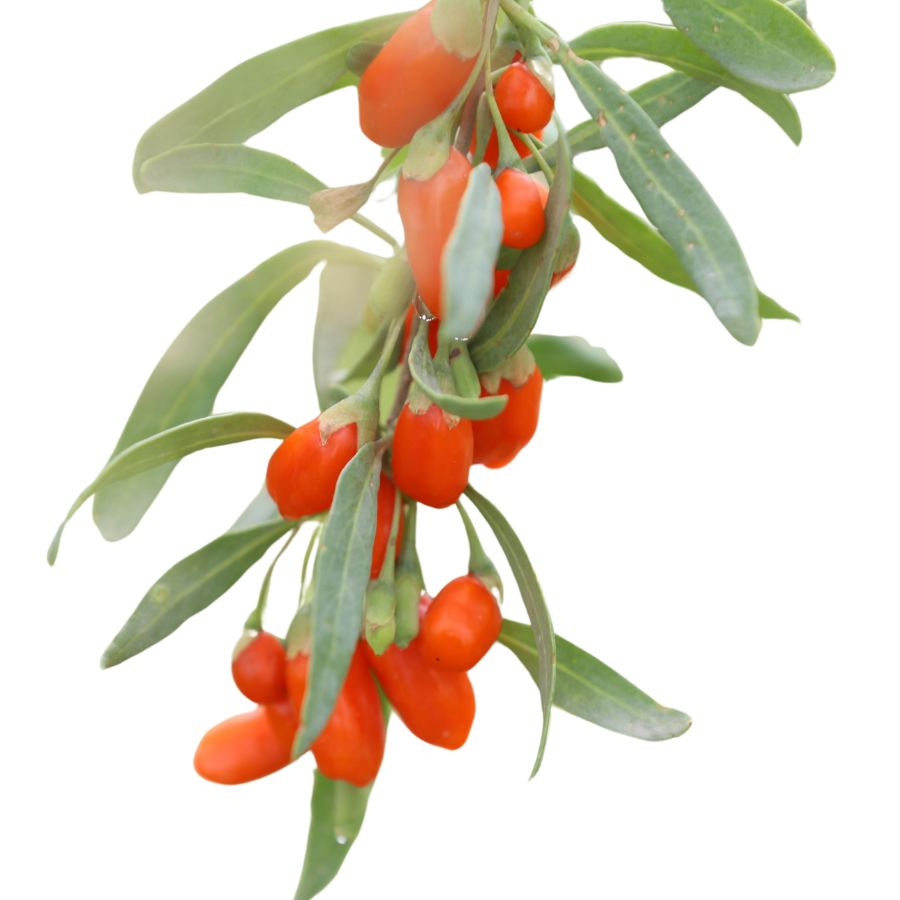
Wolfberry produces clusters of soft, oval berries that range from red to bright orange and are safe to eat when fully ripe. These berries grow on a woody, thicket-forming shrub with long, narrow leaves and sometimes small spines along the stems.
The fruit has a chewy skin with a mildly sweet flavor and is commonly dried for storage or rehydrated in herbal broths and porridges. It’s best not to eat the plant’s leaves or stems—stick to the fruit.
Some Solanum species have similar-looking berries, but they usually have broader leaves and lack the woody, thorny growth pattern of wolfberry. Always look at the entire plant before tasting anything.
You’ll also notice that the berries tend to shrivel slightly as they ripen on the branch, giving them a wrinkled look even before drying. These berries have long been added to rice dishes, dumpling fillings, and even fermented into mild fruit wines.
Shortpod Mustard (Hirschfeldia incana)
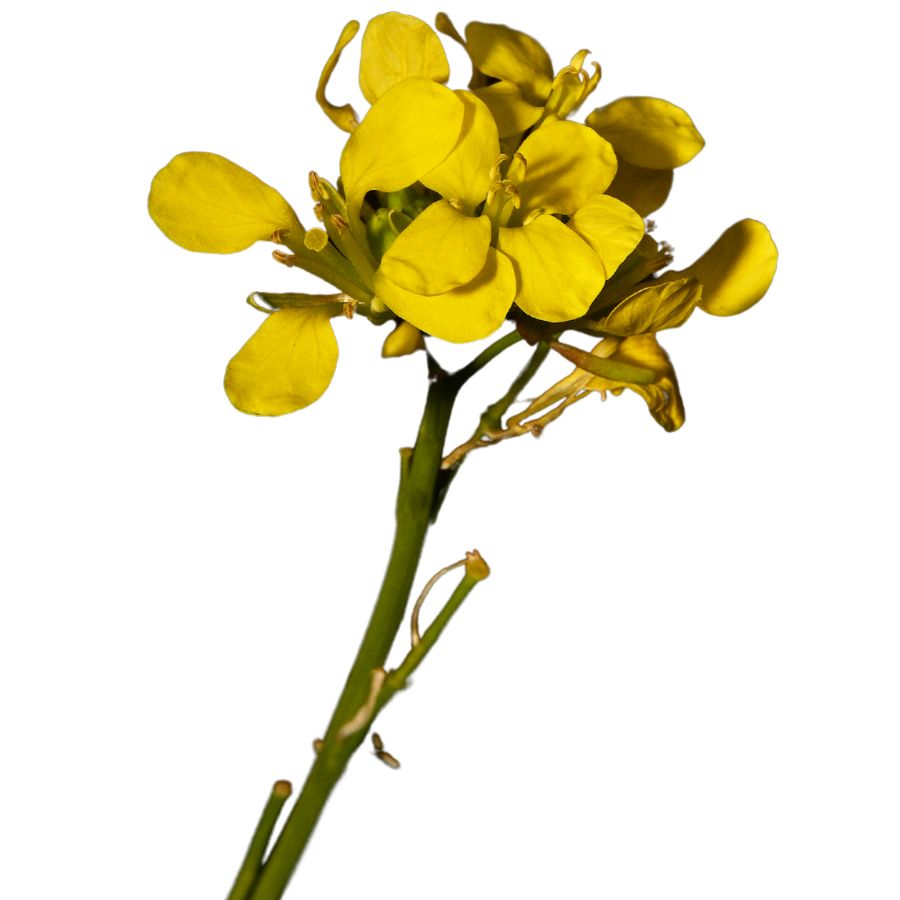
Shortpod mustard has dull green leaves with a rough, bristly texture and small yellow flowers that resemble other mustards. Its seedpods are curved and stubby, which helps you tell it apart from wild radish or black mustard, both of which have longer, straighter pods.
You can eat the leaves, stems, flowers, and immature seedpods, though the older parts can get tough and bitter. The flavor is sharp, peppery, and a little earthy—closer to arugula than cabbage—and it works well sautéed with garlic or tossed raw into mixed greens.
Cook the young leaves quickly to soften the bite, or blanch them before freezing for later use. Avoid eating the mature seedpods raw, as they can be stringy and tough to chew.
It’s often confused with wild radish, but wild radish has purplish or white petals with dark veins and a more sprawling growth habit. Stick to the plants with solid yellow flowers and hairy stems to stay on the safe side.
London Rocket (Sisymbrium irio)
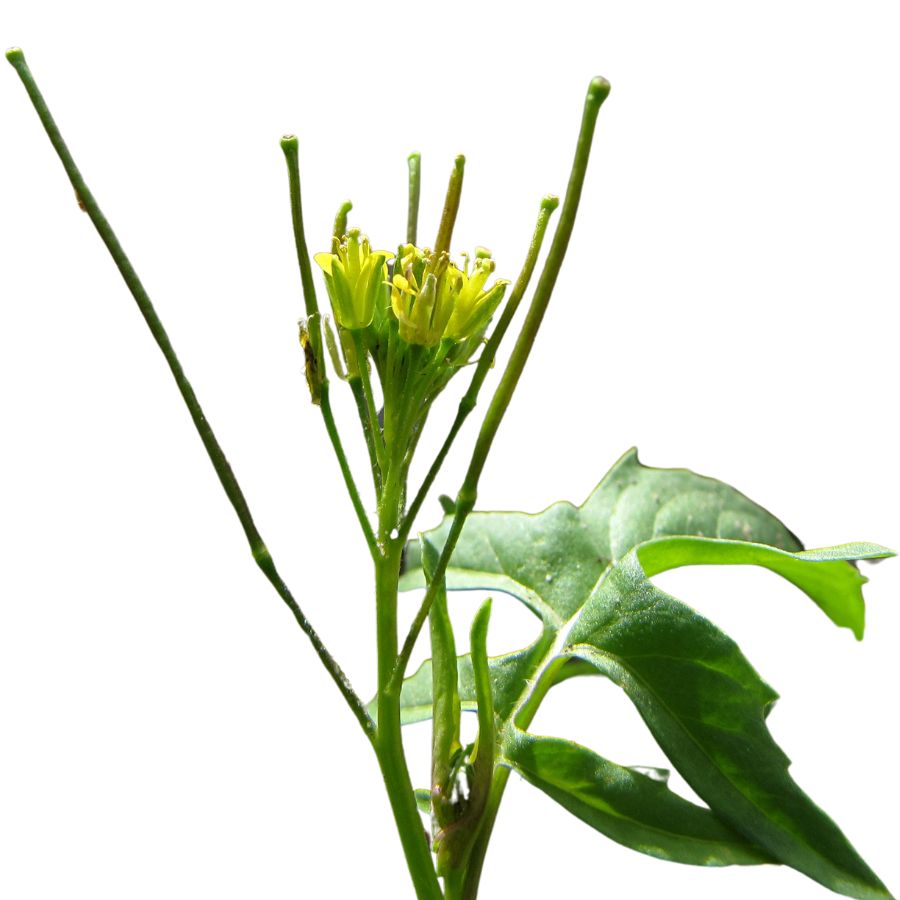
London rocket, often called mustard rocket or desert mustard, has jagged, deeply lobed leaves and grows in loose, branching clumps with yellow flowers. Its appearance can confuse foragers when mixed in with tansy mustard, but tansy mustard has thinner leaves and a stronger cabbage odor.
The flavor is a cross between mustard greens and arugula—pungent but not overwhelming when young. You can use it raw in salads or wilted in soups and stir-fries.
Pick only the tender parts; mature leaves are tougher and almost leathery. Avoid mistaking it for wild mustard with hairier stems and rounder leaf edges.
Its seeds aren’t widely used but are edible and can be toasted. There’s no known toxicity, but the plant becomes harsh and fibrous quickly if not picked early.
Desert Dandelion (Malacothrix glabrata)
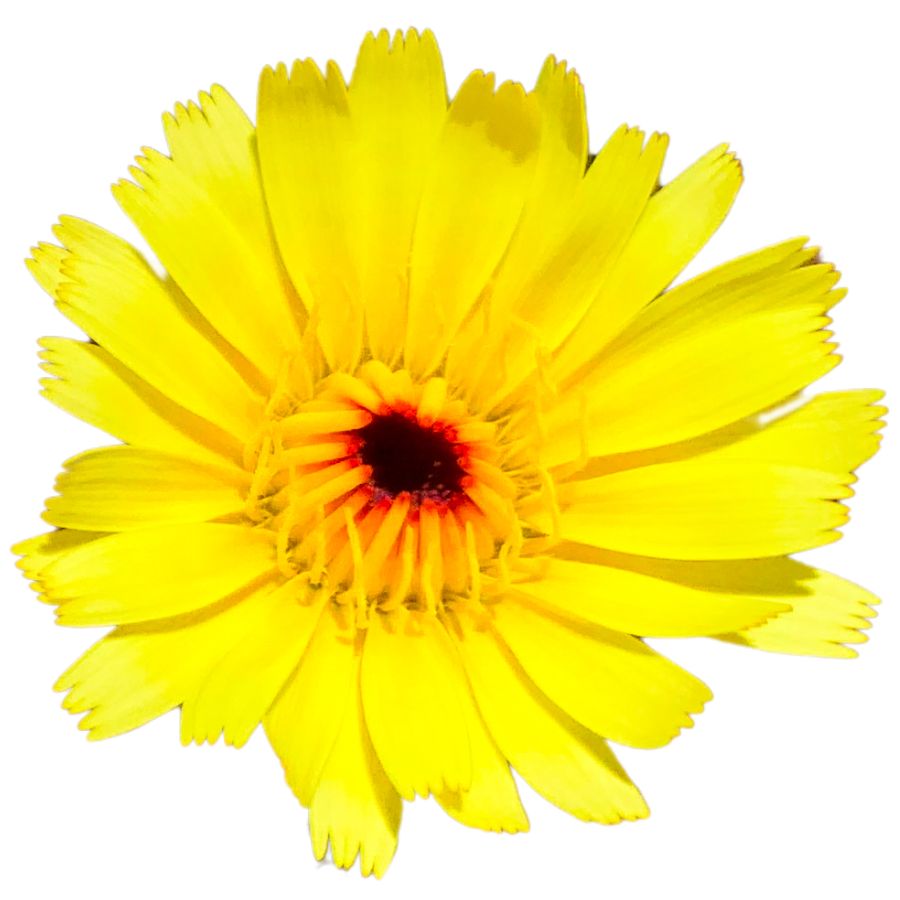
Desert dandelion grows in clumps with bright yellow blooms that sit atop slender, leafless stalks, each bearing a single flower. Both the leaves and flowers are edible and used in simple preparations like sautéed greens or raw salad additions.
The flower heads are tender with a mild, slightly grassy flavor, while the leaves have a firmer bite and bitter edge that cooking softens. Raw leaves can be a bit harsh, so quick blanching helps make them more palatable.
Don’t confuse it with desert marigold, which has hairy stems and thicker, sticky leaves—desert dandelion has a cleaner, smoother appearance. Only the true dandelion relative will have the distinct leaf shape and lack of milky sap.
It’s not suitable for long-term storage, so harvest only what you’ll use within a day or two. If you’re foraging for greens, desert dandelion offers a flavorful and safe option when correctly identified.
Colorado Pinyon (Pinus edulis)

Colorado pinyon gives you a dense, nutritious nut hidden inside sticky, pitch-covered cones. When shelled and roasted, the nut has a mild sweetness and a soft, oily bite that makes it ideal for both snacking and cooking.
You might confuse it with other high-desert pines, but remember: Colorado pinyon has two short, curved needles per bundle. Trees with three or more needles are from different species and often produce bitter or useless seeds.
The edible part is only the inner seed, not the shell or cone, which are too tough and sappy to use. Some folks grind the roasted seeds into a spread or mix them with cornmeal for a protein-rich dough.
While safe to eat in moderate amounts, eating large volumes raw can cause digestive issues because of the resin content. And if you collect cones early, be ready for sticky fingers—the pitch is no joke.
Saltbush (Atriplex canescens)
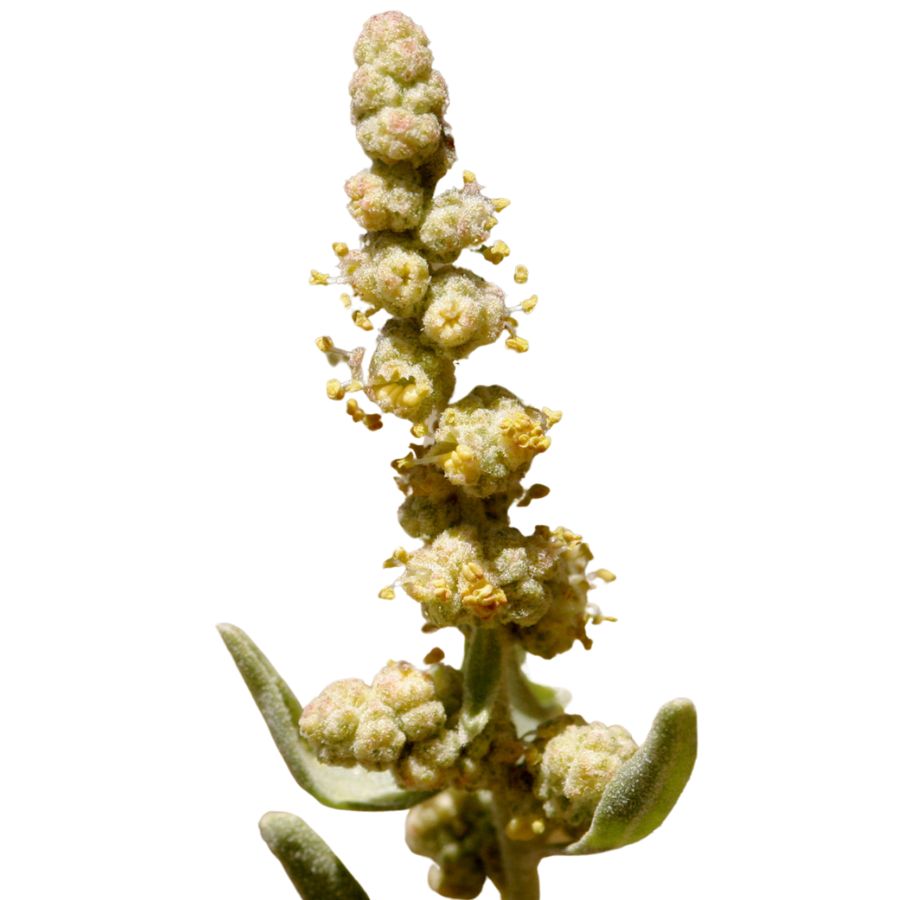
Saltbush has pale green to silvery-gray leaves that feel soft and slightly fuzzy in your hand. You can eat them raw, but they’re better cooked—sauteed or mixed into stews for a salty, herbaceous flavor.
You’ll sometimes see people mistake it for sagebrush, but saltbush doesn’t have that strong aroma and its leaves are more oval and evenly spaced. The leaves are the part you want—don’t bother with the woody stems or older dried parts.
The flavor is naturally briny, almost like it’s already been salted, which makes it a great addition to bland trail meals. Some people dry the leaves and grind them into a wild seasoning you can use like powdered broth.
Its small yellowish flowers aren’t worth harvesting, and the seeds are too tough to be useful in cooking. Stick to the fresh, young leaves and tender growing tips.
Wild Onion (Allium spp.)
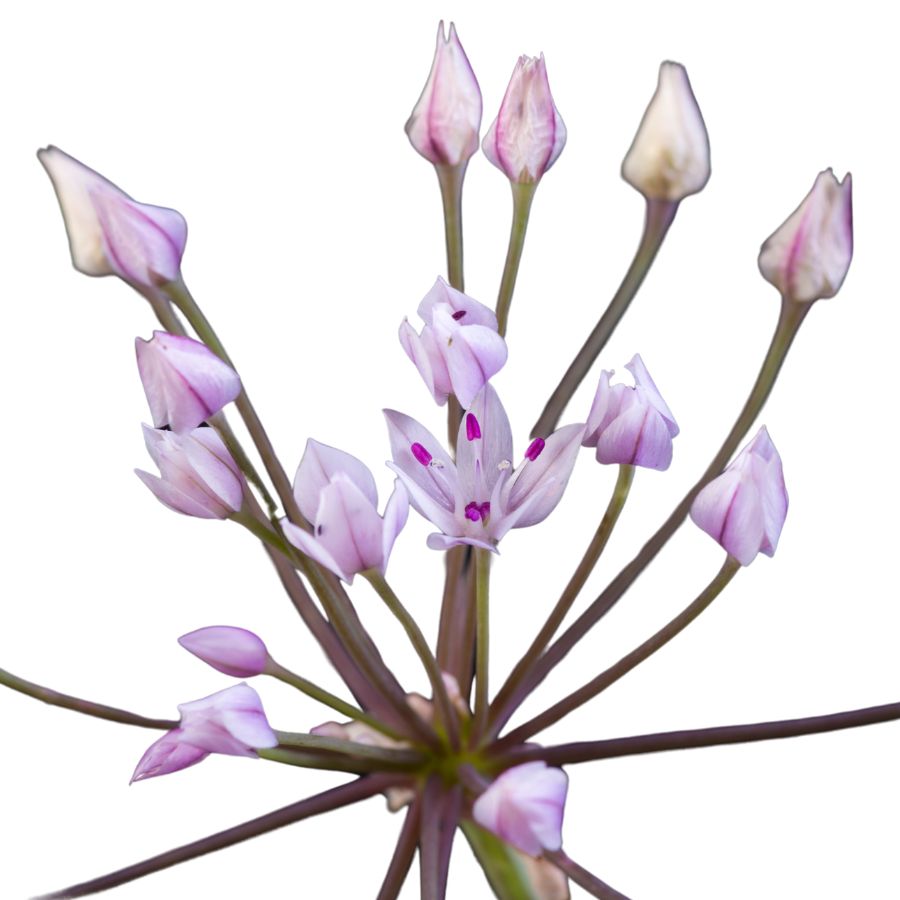
Wild onion, sometimes called meadow garlic or wild garlic, grows with slender green stems and small bulbs tucked just below the surface. The leaves are smooth, narrow, and hollow, giving off a sharp onion scent when crushed between your fingers.
The entire plant is edible, from the crisp bulbs to the tender stems and flowers. Its strong onion flavor can be used fresh, cooked into soups, or even pickled for longer storage.
One important thing to watch for is its lookalike, death camas, which has similar leaves but no onion smell and can be deadly if eaten. Always crush a leaf and check for that familiar onion scent before harvesting any wild onion.
Wild onion adds a punch of flavor to dishes like scrambled eggs, roasted meats, and vegetable sautés. Besides cooking, it has a long history of being used in herbal remedies for colds and minor infections.
Arizona Grape (Vitis arizonica)
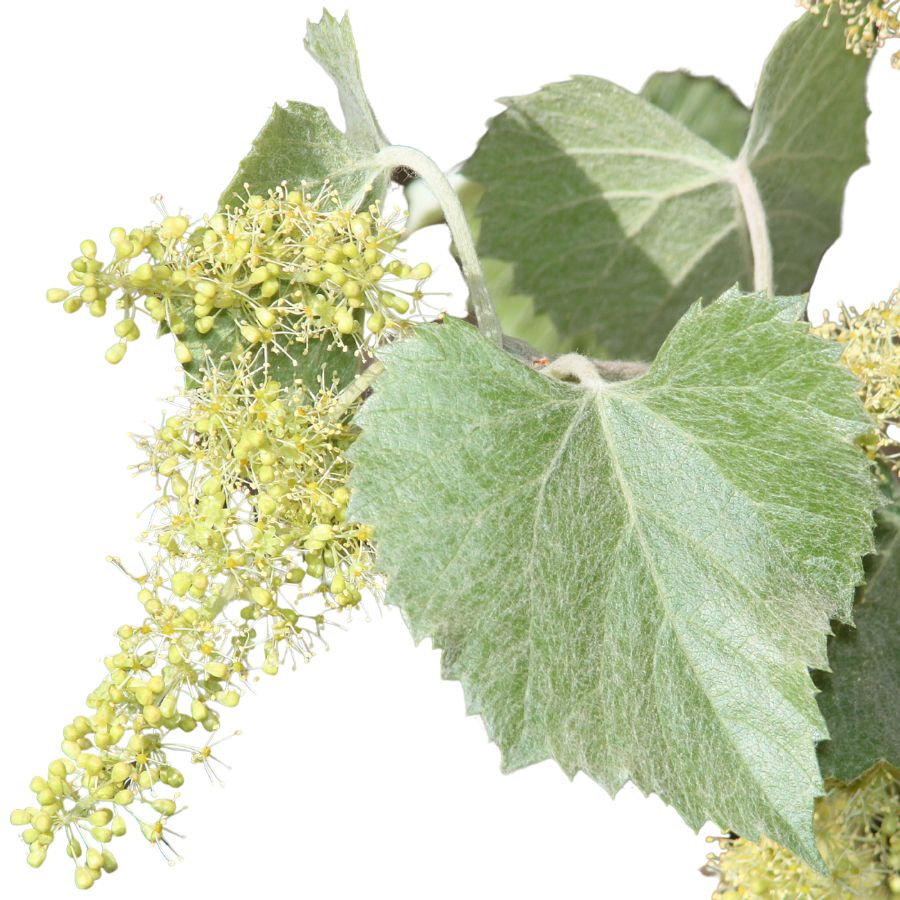
Arizona grape grows as a climbing vine with jagged-edged leaves and twisting tendrils that cling to nearby structures. You’ll see its dark blue or purple berries hanging in small clusters when the plant is fruiting.
The fruit is edible and has a thick skin, gritty seeds, and a sharp, sour flavor. Most people don’t eat them raw but cook them into jams or boil them for juice.
The seeds make up a large part of each berry and can feel unpleasant when chewed, so you’ll often want to strain them out. Nothing else on the plant is edible—just the fruit.
Watch out for vines like Canada moonseed, which can be confused with wild grape species. One easy check is the seed: moonseed has a single flat crescent-shaped seed, while Arizona grape has multiple small round ones.
Desert Chicory (Rafinesquia neomexicana)
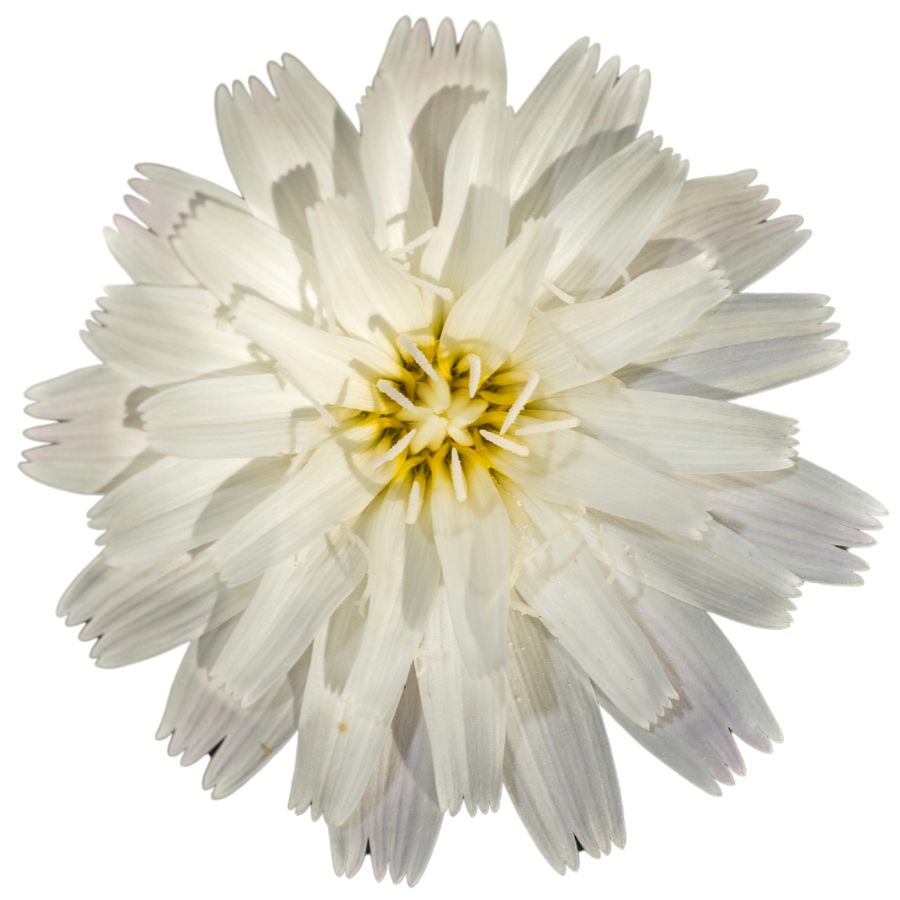
Desert chicory looks a bit like a dandelion at first glance, but its pale, almost white flowers and finely toothed leaves give it away. You’ll usually find it growing low to the ground, with a branching stem and milky sap inside.
The leaves are edible raw or cooked, with a slightly bitter, green flavor that softens when sautéed. They get more tender with heat, but even fresh, they have a pleasant chew.
One plant you could mistake it for is sow thistle, which shares the milky sap and general form, but desert chicory has a more delicate flower and narrower leaves. Stick to the plants with single, white flower heads to avoid confusion.
Most people eat the leaves, but the roots can also be roasted and ground to use as a coffee substitute. Avoid older leaves if you’re eating it raw—they’re tough and far more bitter.
Tansy Mustard (Descurainia pinnata)
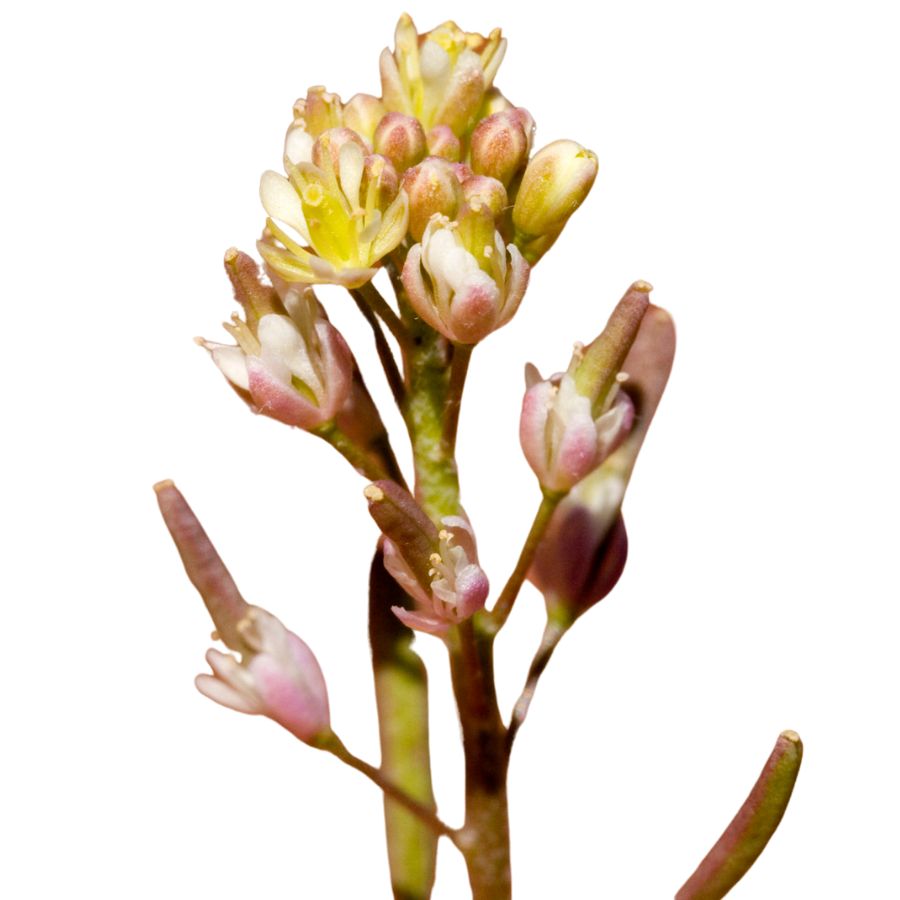
The slender, upright stems and finely divided leaves of tansy mustard give it a lacy appearance, and its tiny yellow flowers appear in loose clusters near the top. The plant is edible primarily for its young leaves and seeds, which have culinary uses when handled properly.
It tastes sharp and spicy, similar to arugula or radish tops, and the texture is tender when harvested early. The leaves can be chopped into soups or stir-fries, while the seeds can be dried and crushed like mustard powder.
False pennycress is one plant that people mistake for tansy mustard, but it has rounded seed pods and smoother leaves. Crushed leaves of tansy mustard release a faint mustard smell, which its lookalikes typically don’t.
Be careful not to overconsume it raw, as it contains glucosinolates that may cause stomach upset in large amounts. Cooking reduces this risk and brings out a more mellow flavor.
Sunflower (Helianthus annuus)
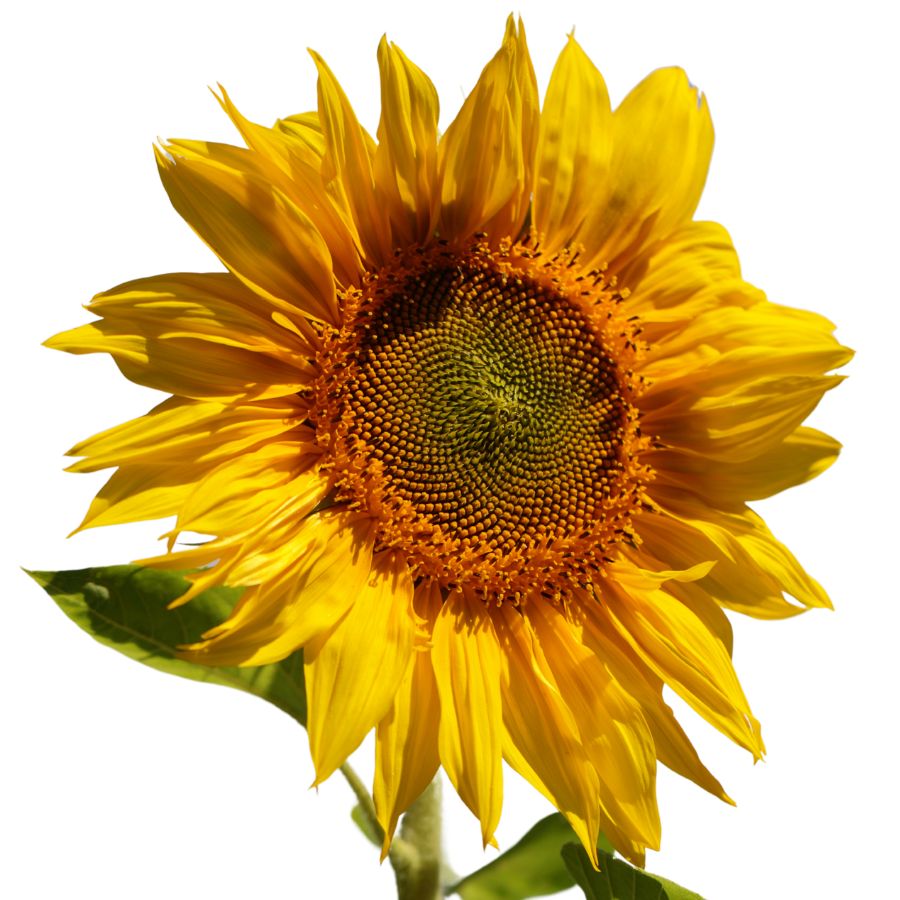
Sunflowers have a thick, rough stem and large, broad leaves with a slightly sandpapery texture. The huge circular flower head is made up of bright yellow petals surrounding a dark center packed with seeds.
The seeds inside the flower head are edible once they mature, and you can eat them raw, roasted, or ground into meal. The young flower buds are also edible and can be steamed or sautéed like an artichoke.
When gathering sunflower seeds, make sure not to confuse the plant with certain types of wild composites that have smaller flowers and thin, spindly stalks. True sunflowers always have a thick, sturdy stem and a flower head that can be as wide as a dinner plate.
Sunflower seeds have a mild, nutty flavor and a tender crunch when fresh. You can also press the seeds for oil or sprout them for a nutritious snack.
Toxic Plants That Look Like Edible Plants
There are plenty of wild edibles to choose from, but some toxic native plants closely resemble them. Mistaking the wrong one can lead to severe illness or even death, so it’s important to know exactly what you’re picking.
Poison Hemlock (Conium maculatum)
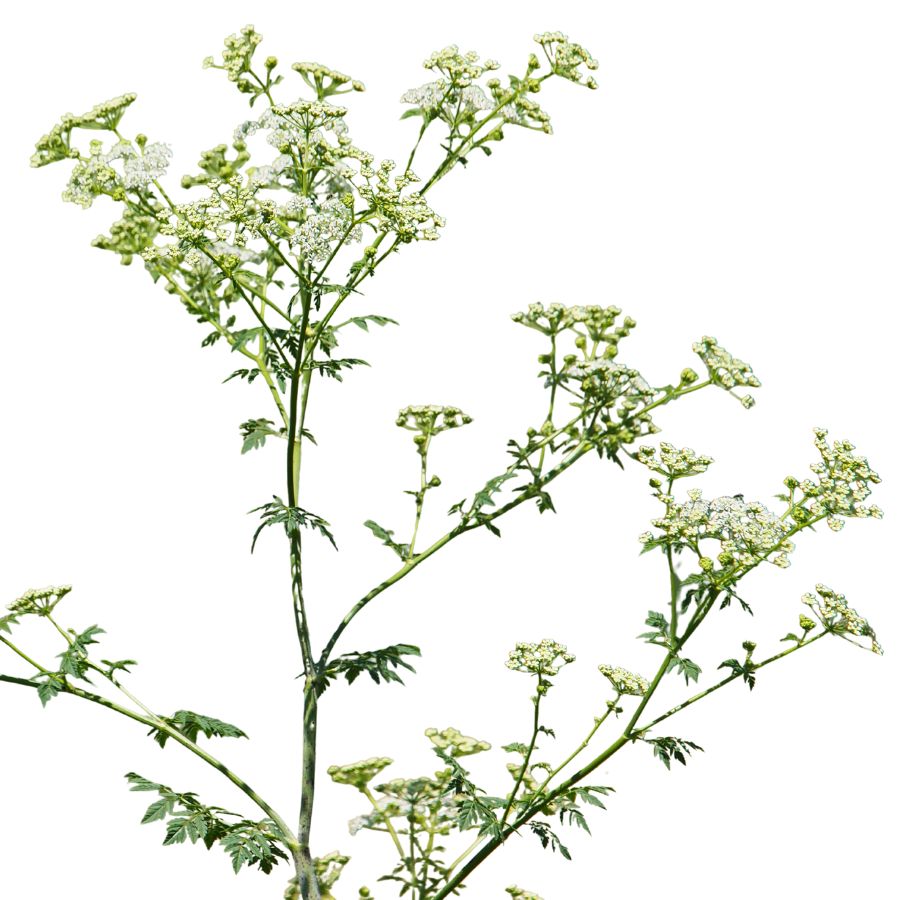
Often mistaken for: Wild carrot (Daucus carota)
Poison hemlock is a tall plant with lacy leaves and umbrella-like clusters of tiny white flowers. It has smooth, hollow stems with purple blotches and grows in sunny places like roadsides, meadows, and stream banks.
Unlike wild carrot, which has hairy stems and a dark central floret, poison hemlock has a musty odor and no flower center spot. It’s extremely toxic; just a small amount can be fatal, and even touching the sap can irritate the skin.
Water Hemlock (Cicuta spp.)
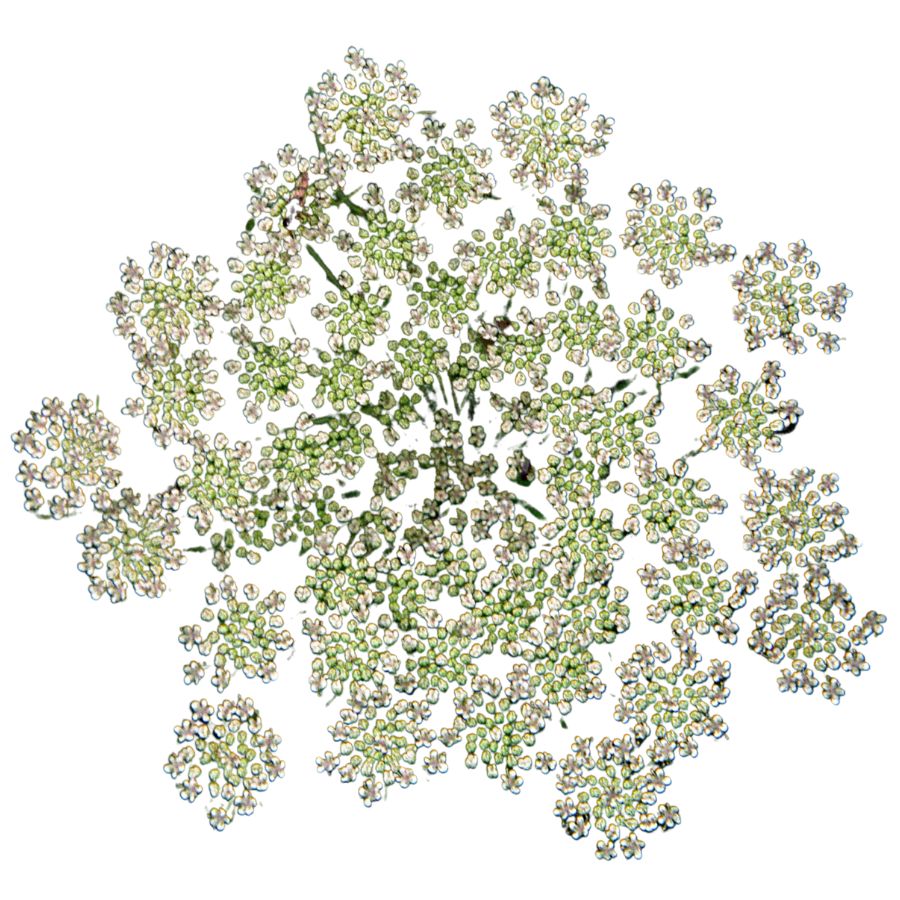
Often mistaken for: Wild parsnip (Pastinaca sativa) or wild celery (Apium spp.)
Water hemlock is a tall, branching plant with umbrella-shaped clusters of small white flowers. It grows in wet places like stream banks, marshes, and ditches, with stems that often show purple streaks or spots.
It can be confused with wild parsnip or wild celery, but its thick, hollow roots have internal chambers and release a yellow, foul-smelling sap when cut. Water hemlock is the most toxic plant in North America, and just a small amount can cause seizures, respiratory failure, and death.
False Hellebore (Veratrum viride)
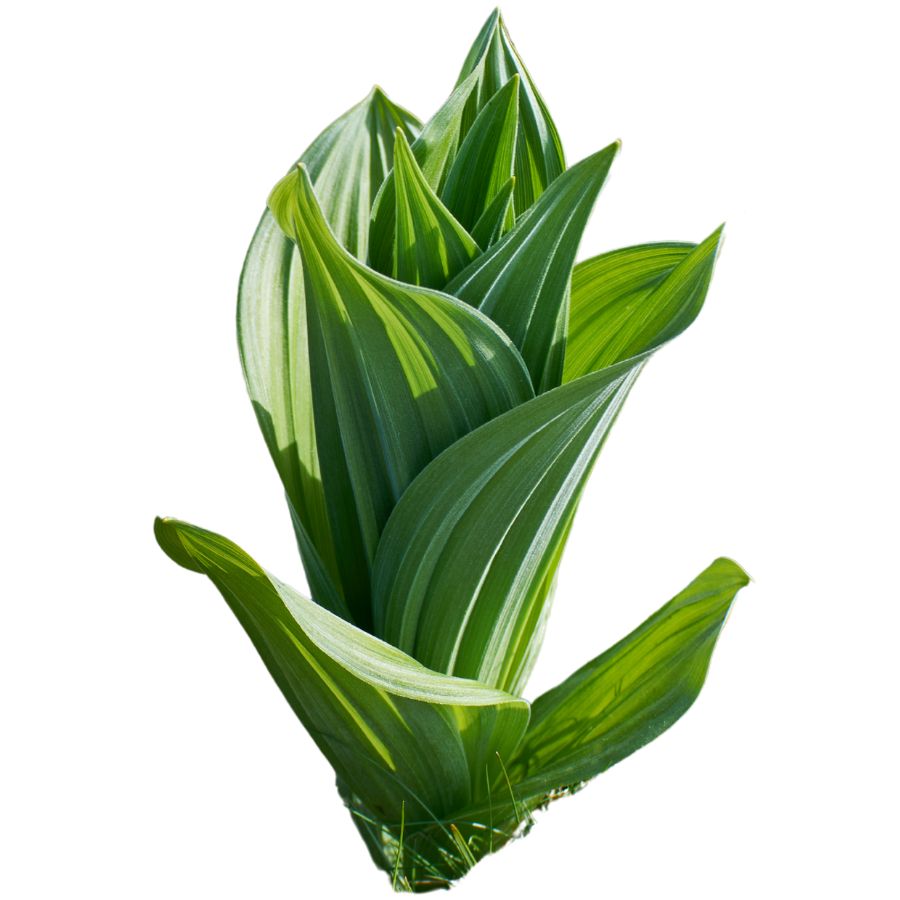
Often mistaken for: Ramps (Allium tricoccum)
False hellebore is a tall plant with broad, pleated green leaves that grow in a spiral from the base, often appearing early in spring. It grows in moist woods, meadows, and along streams.
It’s commonly mistaken for ramps, but ramps have a strong onion or garlic smell, while false hellebore is odorless and later grows a tall flower stalk. The plant is highly toxic, and eating any part can cause nausea, a slowed heart rate, and even death due to its alkaloids that affect the nervous and cardiovascular systems.
Death Camas (Zigadenus spp.)
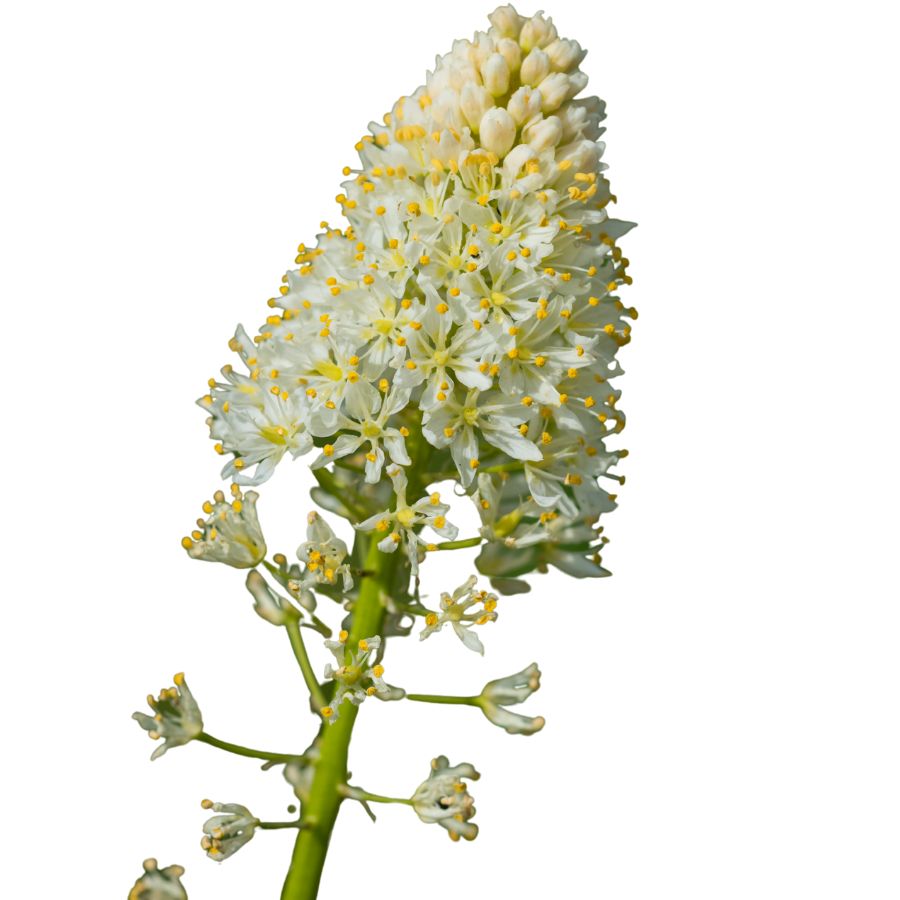
Often mistaken for: Wild onion or wild garlic (Allium spp.)
Death camas is a slender, grass-like plant that grows from underground bulbs and is found in open woods, meadows, and grassy hillsides. It has small, cream-colored flowers in loose clusters atop a tall stalk.
It’s often confused with wild onion or wild garlic due to their similar narrow leaves and habitats, but only Allium plants have a strong onion or garlic scent, while death camas has none. The plant is extremely poisonous, especially the bulbs, and even a small amount can cause nausea, vomiting, a slowed heartbeat, and potentially fatal respiratory failure.
Buckthorn Berries (Rhamnus spp.)
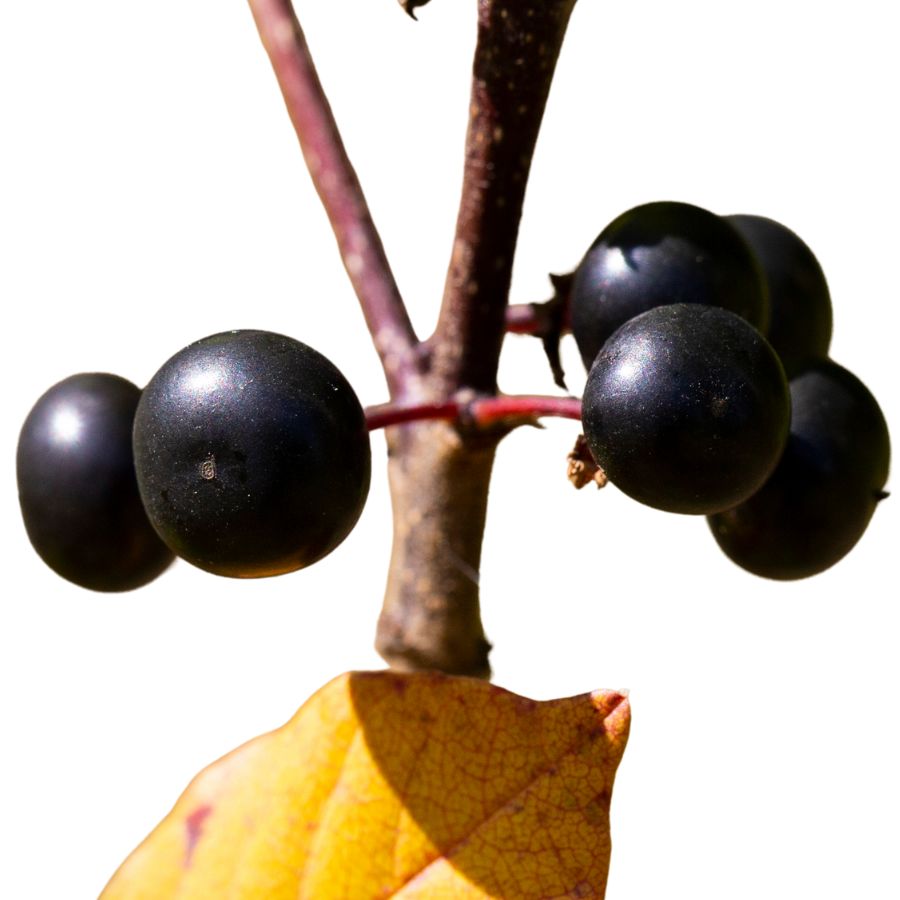
Often mistaken for: Elderberries (Sambucus spp.)
Buckthorn is a shrub or small tree often found along woodland edges, roadsides, and disturbed areas. It produces small, round berries that ripen to dark purple or black and usually grow in loose clusters.
These berries are sometimes mistaken for elderberries and other wild fruits, which also grow in dark clusters, but elderberries form flat-topped clusters on reddish stems while buckthorn berries are more scattered. Buckthorn berries are unsafe to eat as they contain compounds that can cause cramping, vomiting, and diarrhea, and large amounts may lead to dehydration and serious digestive problems.
Mayapple (Podophyllum peltatum)
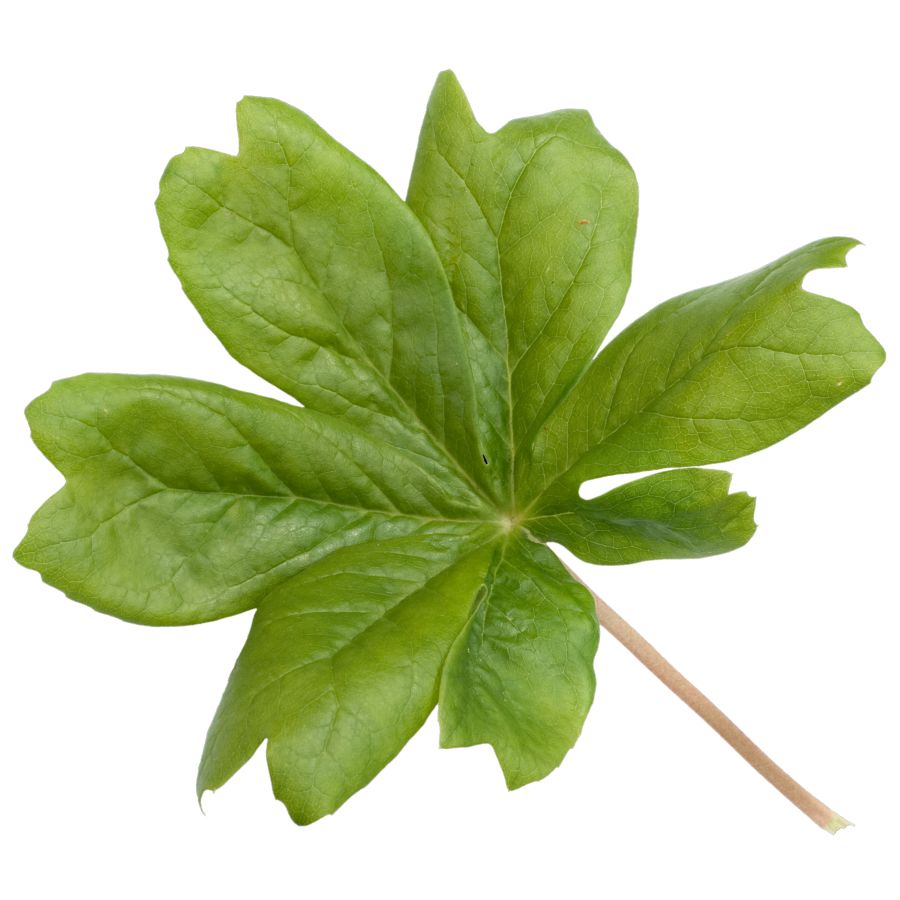
Often mistaken for: Wild grapes (Vitis spp.)
Mayapple is a low-growing plant found in shady forests and woodland clearings. It has large, umbrella-like leaves and produces a single pale fruit hidden beneath the foliage.
The unripe fruit resembles a small green grape, causing confusion with wild grapes, which grow in woody clusters on vines. All parts of the mayapple are toxic except the fully ripe, yellow fruit, which is only safe in small amounts. Eating unripe fruit or other parts can lead to nausea, vomiting, and severe dehydration.
Virginia Creeper (Parthenocissus quinquefolia)
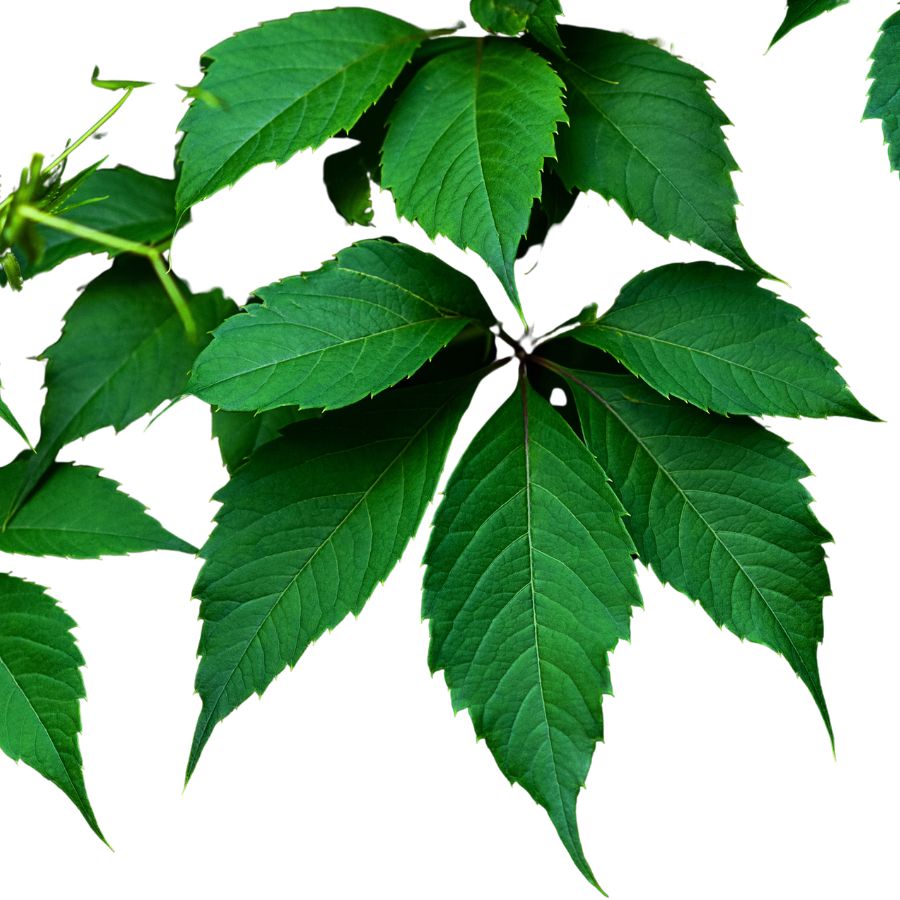
Often mistaken for: Wild grapes (Vitis spp.)
Virginia creeper is a fast-growing vine found on fences, trees, and forest edges. It has five leaflets per stem and produces small, bluish-purple berries from late summer to fall.
It’s often confused with wild grapes since both are climbing vines with similar berries, but grapevines have large, lobed single leaves and tighter fruit clusters. Virginia creeper’s berries are toxic to humans and contain oxalate crystals that can cause nausea, vomiting, and throat irritation.
Castor Bean (Ricinus communis)
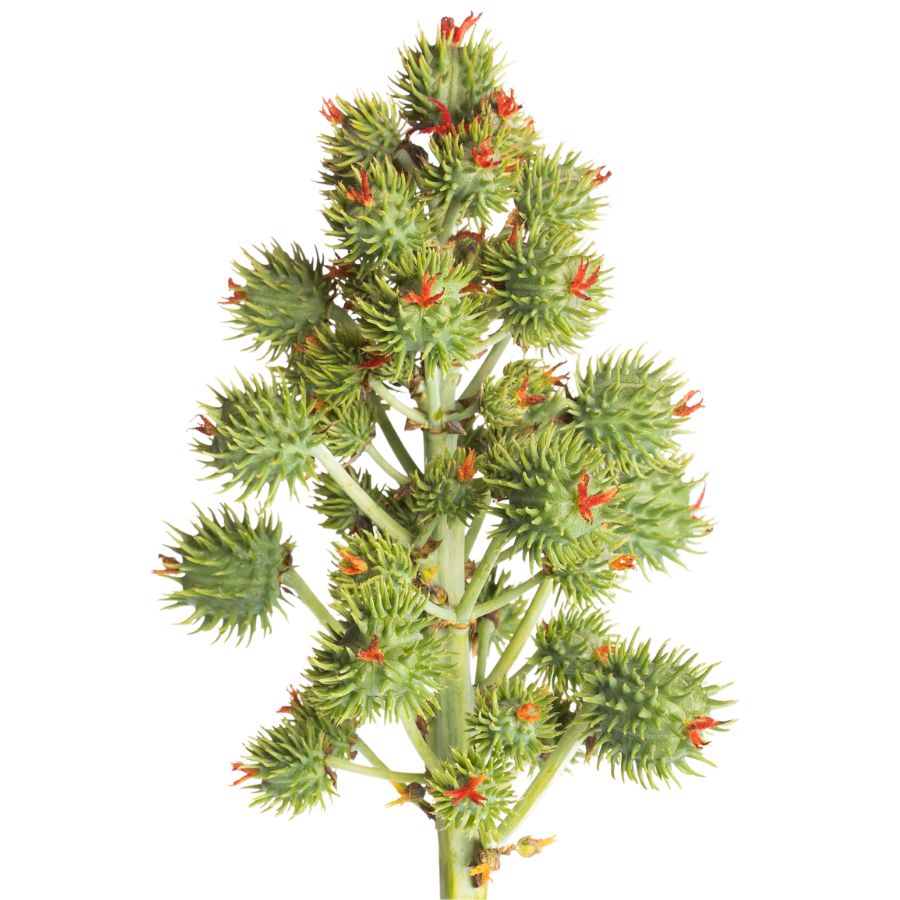
Often mistaken for: Wild rhubarb (Rumex spp. or Rheum spp.)
Castor bean is a bold plant with large, lobed leaves and tall red or green stalks, often found in gardens, along roadsides, and in disturbed areas in warmer regions in the US. Its red-tinged stems and overall size can resemble wild rhubarb to the untrained eye.
Unlike rhubarb, castor bean plants produce spiny seed pods containing glossy, mottled seeds that are extremely toxic. These seeds contain ricin, a deadly compound even in small amounts. While all parts of the plant are toxic, the seeds are especially dangerous and should never be handled or ingested.
A Quick Reminder
Before we get into the specifics about where and how to find these mushrooms, we want to be clear that before ingesting any wild mushroom, it should be identified with 100% certainty as edible by someone qualified and experienced in mushroom identification, such as a professional mycologist or an expert forager. Misidentification of mushrooms can lead to serious illness or death.
All mushrooms have the potential to cause severe adverse reactions in certain individuals, even death. If you are consuming mushrooms, it is crucial to cook them thoroughly and properly and only eat a small portion to test for personal tolerance. Some people may have allergies or sensitivities to specific mushrooms, even if they are considered safe for others.
The information provided in this article is for general informational and educational purposes only. Foraging for wild mushrooms involves inherent risks.
How to Get the Best Results Foraging
Safety should always come first when it comes to foraging. Whether you’re in a rural forest or a suburban greenbelt, knowing how to harvest wild foods properly is a key part of staying safe and respectful in the field.
Always Confirm Plant ID Before You Harvest Anything
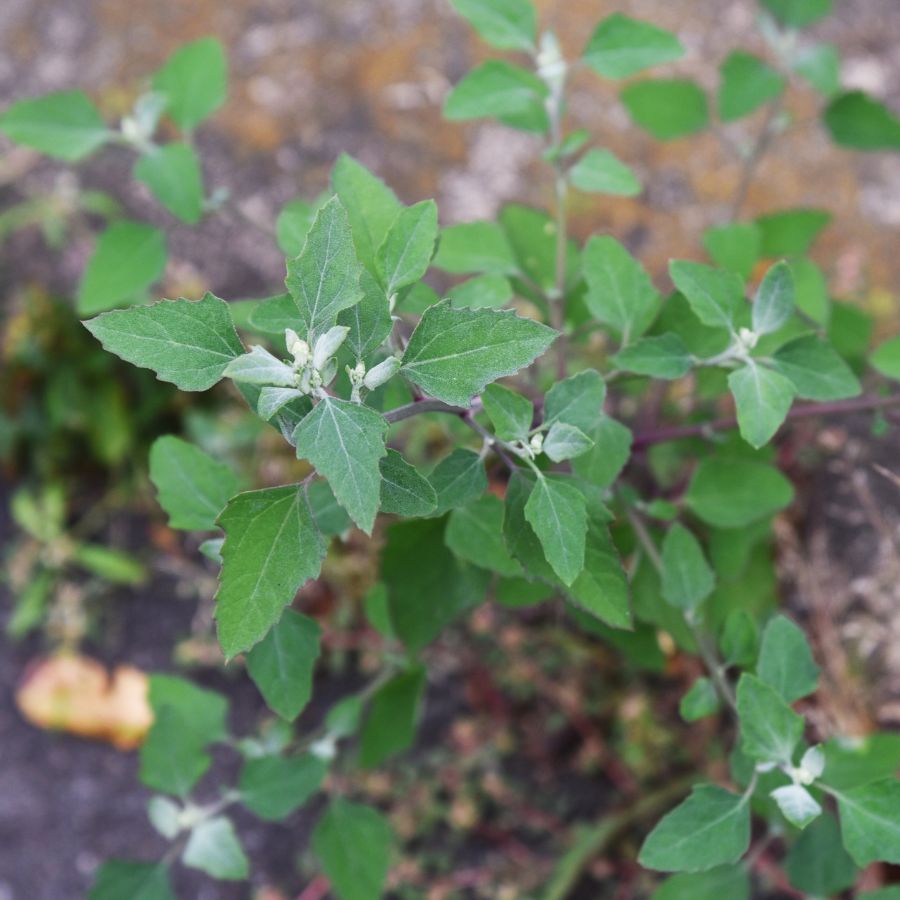
Knowing exactly what you’re picking is the most important part of safe foraging. Some edible plants have nearly identical toxic lookalikes, and a wrong guess can make you seriously sick.
Use more than one reliable source to confirm your ID, like field guides, apps, and trusted websites. Pay close attention to small details. Things like leaf shape, stem texture, and how the flowers or fruits are arranged all matter.
Not All Edible Plants Are Safe to Eat Whole
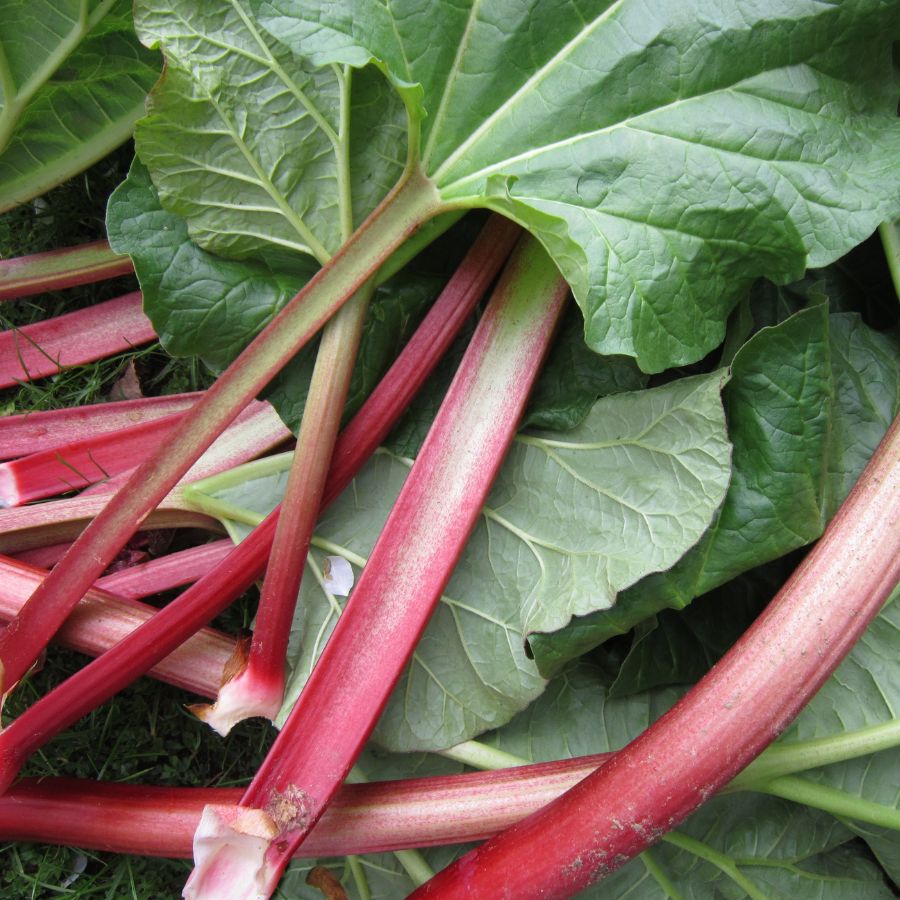
Just because a plant is edible doesn’t mean every part of it is safe. Some plants have leaves, stems, or seeds that can be toxic if eaten raw or prepared the wrong way.
For example, pokeweed is only safe when young and properly cooked, while elderberries need to be heated before eating. Rhubarb stems are fine, but the leaves are poisonous. Always look up which parts are edible and how they should be handled.
Avoid Foraging in Polluted or Contaminated Areas
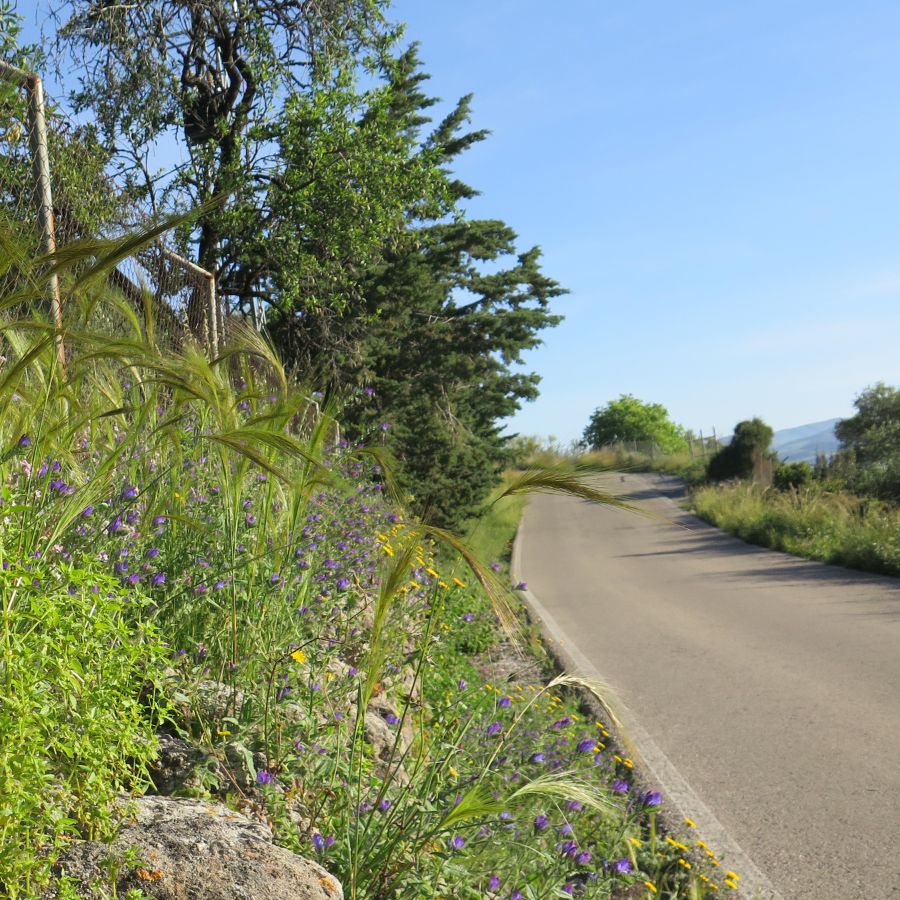
Where you forage matters just as much as what you pick. Plants growing near roads, buildings, or farmland might be coated in chemicals or growing in polluted soil.
Even safe plants can take in harmful substances from the air, water, or ground. Stick to clean, natural areas like forests, local parks that allow foraging, or your own yard when possible.
Don’t Harvest More Than What You Need
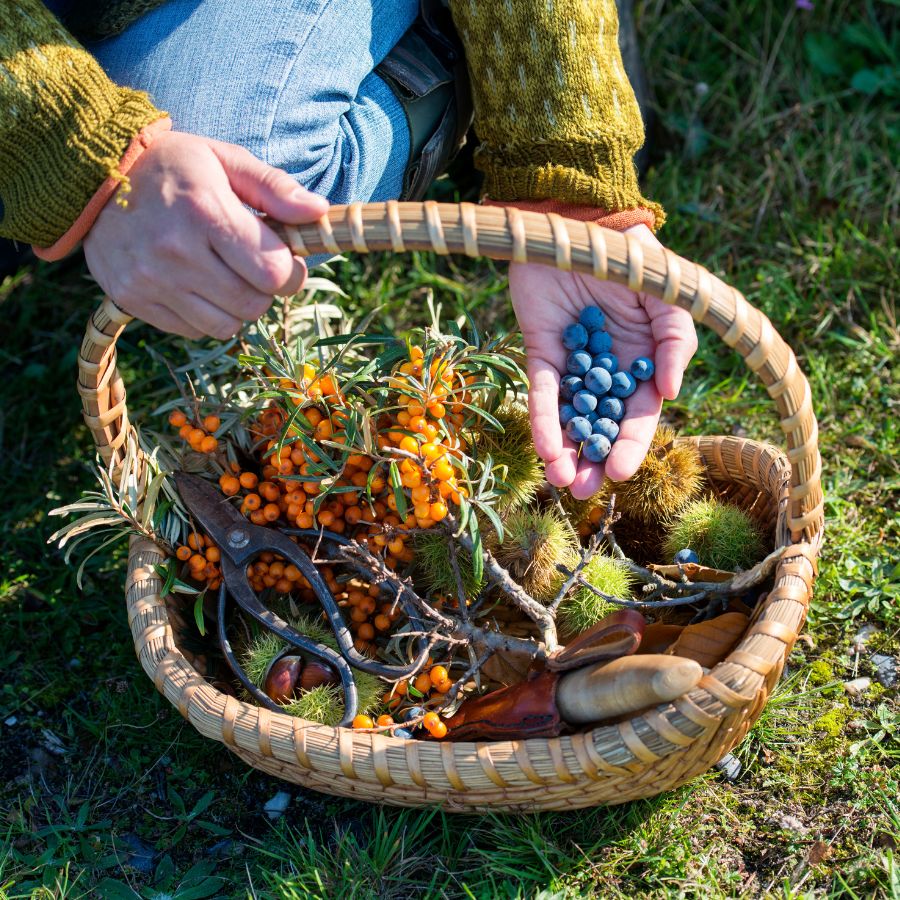
When you forage, take only what you plan to use. Overharvesting can hurt local plant populations and reduce future growth in that area.
Leaving plenty behind helps plants reproduce and supports wildlife that depends on them. It also ensures other foragers have a chance to enjoy the same resources.
Protect Yourself and Your Finds with Proper Foraging Gear

Having the right tools makes foraging easier and safer. Gloves protect your hands from irritants like stinging nettle, and a good knife or scissors lets you harvest cleanly without damaging the plant.
Use a basket or breathable bag to carry what you collect. Plastic bags hold too much moisture and can cause your greens to spoil before you get home.
This forager’s toolkit covers the essentials for any level of experience.
Watch for Allergic Reactions When Trying New Wild Foods

Even if a wild plant is safe to eat, your body might react to it in unexpected ways. It’s best to try a small amount first and wait to see how you feel.
Be extra careful with kids or anyone who has allergies. A plant that’s harmless for one person could cause a reaction in someone else.
Check Local Rules Before Foraging on Any Land
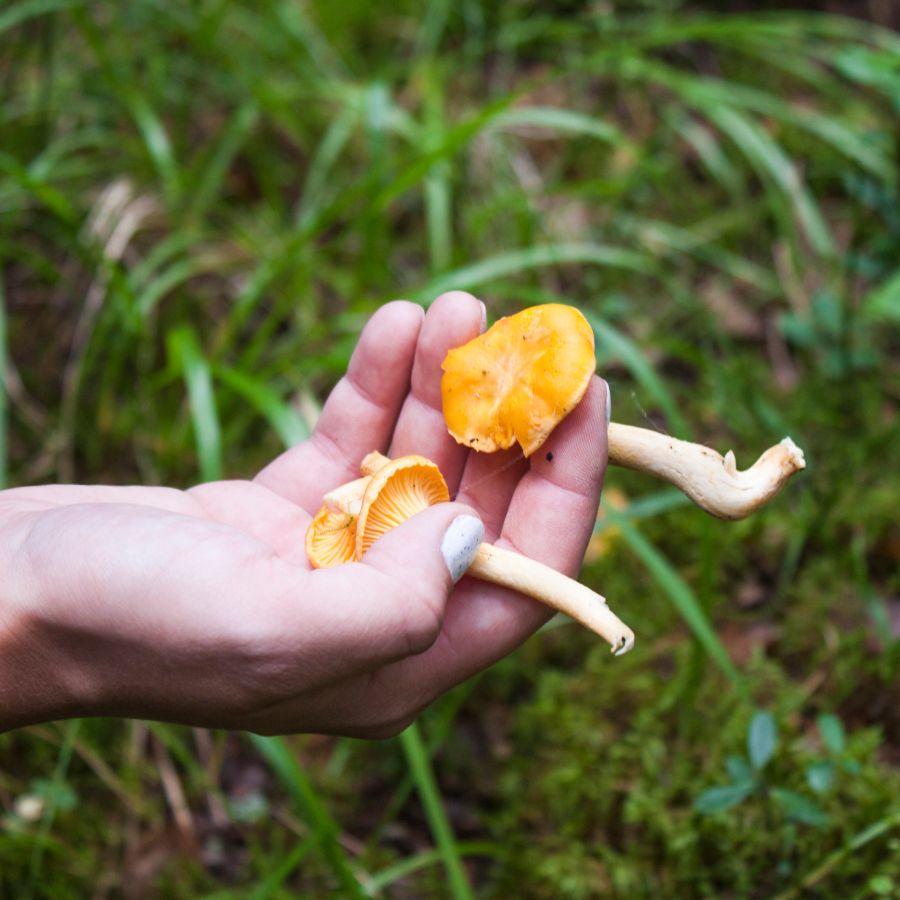
Before you start foraging, make sure you know the rules for the area you’re in. What’s allowed in one spot might be completely off-limits just a few miles away.
Some public lands permit limited foraging, while others, like national parks, usually don’t allow it at all. If you’re on private property, always get permission first.
Before you head out
Before embarking on any foraging activities, it is essential to understand and follow local laws and guidelines. Always confirm that you have permission to access any land and obtain permission from landowners if you are foraging on private property. Trespassing or foraging without permission is illegal and disrespectful.
For public lands, familiarize yourself with the foraging regulations, as some areas may restrict or prohibit the collection of mushrooms or other wild foods. These regulations and laws are frequently changing so always verify them before heading out to hunt. What we have listed below may be out of date and inaccurate as a result.
Where to Find Forageables in the State
There is a range of foraging spots where edible plants grow naturally and often in abundance:
| Plant | Locations |
| Mesquite (Prosopis spp.) | – Tumacácori National Historical Park – Riparian areas near Tucson – Sonoran Desert regions |
| Prickly Pear (Opuntia spp.) | – Saguaro National Park – Prescott area – Sonoran Desert regions |
| Cholla Cactus (Cylindropuntia spp.) | – Tohono Chul Park – Central and southern Arizona – Sonoran Desert regions |
| Saguaro (Carnegiea gigantea) | – McDowell Mountain Regional Park – Saguaro National Park – Sonoran Desert regions |
| Desert Hackberry (Celtis ehrenbergiana) | – Dunbar Spring Neighborhood, Tucson – Sonoran Desert washes – Rocky slopes in southern Arizona |
| Wolfberry (Lycium spp.) | – Dunbar Spring Neighborhood, Tucson – Lower desert areas in Arizona – Sonoran Desert regions |
| Agave (Agave spp.) | – Agave Mesa at Castle Hot Springs – Granite Mountain near Prescott – Central Arizona rocky slopes |
| Yucca (Yucca spp.) | – Miller Peak Wilderness, Huachuca Mountains – Northwestern Arizona – Sonoran Desert regions |
| Amaranth (Amaranthus spp.) | – Disturbed soils in the Southwest – Urban areas in Arizona – Sonoran Desert regions |
| Lamb’s Quarters (Chenopodium album) | – Various counties in Arizona – Disturbed areas statewide – Sonoran Desert regions |
| Purslane (Portulaca oleracea) | – Throughout Arizona above 1,500 feet – Urban areas in Phoenix – Sonoran Desert regions |
| Shortpod Mustard (Hirschfeldia incana) | – Disturbed areas in Arizona – Urban areas statewide – Sonoran Desert regions |
| London Rocket (Sisymbrium irio) | – Irrigated areas and open fields – Urban landscapes in Arizona – Sonoran Desert regions |
| Desert Lavender (Hyptis emoryi) | – Foothills surrounding Tucson – Central Arizona – Sonoran Desert regions |
| Plantain (Plantago major) | – Shady, moist areas throughout Arizona – Riparian zones statewide – Sonoran Desert regions |
| Wild Onion (Allium spp.) | – Various elevations in Arizona – Riparian areas statewide – Sonoran Desert regions |
| Saltbush (Atriplex canescens) | – Sonoran Desert regions – Central Arizona deserts – Southwestern Arizona |
| Cattail (Typha domingensis) | – Wetlands in southern Arizona – Riparian zones statewide – Sonoran Desert regions |
| Arizona Grape (Vitis arizonica) | – Riparian areas in Arizona – Canyons in southern Arizona – Sonoran Desert regions |
| Horehound (Marrubium vulgare) | – Disturbed areas in Arizona – Urban landscapes statewide – Sonoran Desert regions |
| Tansy Mustard (Descurainia pinnata) | – Open fields in Arizona – Disturbed soils statewide – Sonoran Desert regions |
| Desert Willow (Chilopsis linearis) | – Riparian zones in Arizona – Southern Arizona deserts – Sonoran Desert regions |
| Wild Sunflower (Helianthus annuus) | – Open fields in Arizona – Disturbed areas statewide – Sonoran Desert regions |
| Evening Primrose (Oenothera spp.) | – Desert grasslands in Arizona – Southern Arizona regions – Sonoran Desert areas |
| Desert Dandelion (Malacothrix glabrata) | – Sonoran Desert regions – Southern Arizona deserts – Central Arizona areas |
| Colorado Pinyon (Pinus edulis) | – Northern Arizona highlands – Coconino National Forest – Kaibab National Forest |
| Dock (Rumex spp.) | – Riparian zones in Arizona – Wetlands statewide – Sonoran Desert regions |
| Desert Chicory (Rafinesquia neomexicana) | – Sonoran Desert regions – Southern Arizona deserts – Central Arizona areas |
| Fiddleneck (Amsinckia intermedia) | – Open fields in Arizona – Disturbed areas statewide – Sonoran Desert regions |
| Shepherd’s Purse (Capsella bursa-pastoris) | – Urban areas in Arizona – Disturbed soils statewide – Sonoran Desert regions |
| Thistle (Cirsium spp.) | – Grasslands in Arizona – Riparian zones statewide – Sonoran Desert regions |
Peak Foraging Seasons
Different edible plants grow at different times of year, depending on the season and weather. Timing your search makes all the difference.
Spring
Spring brings a fresh wave of wild edible plants as the ground thaws and new growth begins:
| Plant | Months | Best Weather Conditions |
| Wild Onion (Allium spp.) | March–May | Cool, moist soil after winter rains |
| London Rocket (Sisymbrium irio) | February–April | Mild temperatures, recent rainfall |
| Tansy Mustard (Descurainia pinnata) | March–May | Sunny with occasional spring showers |
| Desert Dandelion (Malacothrix glabrata) | March–April | Warm days after winter rains |
| Desert Chicory (Rafinesquia neomexicana) | March–May | Cool mornings and sunny afternoons |
| Fiddleneck (Amsinckia intermedia) | March–May | Moderate warmth, not yet summer dry |
| Shepherd’s Purse (Capsella bursa-pastoris) | February–April | Moist, disturbed ground in early spring |
| Plantain (Plantago major) | March–May | Damp soil, partially shaded areas |
| Lamb’s Quarters (Chenopodium album) | April–May | Warming soil with regular moisture |
| Dock (Rumex spp.) | March–May | Moist, shady riparian edges |
| Saltbush (Atriplex canescens) | March–May | Dry and breezy desert spring days |
| Yucca (Yucca spp.) | April–May | Dry, warm days during flowering stage |
Summer
Summer is a peak season for foraging, with fruits, flowers, and greens growing in full force:
| Plant | Months | Best Weather Conditions |
| Mesquite (Prosopis spp.) | June–August | Hot and dry with summer monsoons |
| Prickly Pear (Opuntia spp.) | July–September | After monsoon rains when fruits ripen |
| Cholla Cactus (Cylindropuntia spp.) | June–August | Hot and dry before fruiting sets in |
| Saguaro (Carnegiea gigantea) | June | Hot, dry desert conditions during fruit season |
| Agave (Agave spp.) | May–July | Arid and sunny, especially on rocky slopes |
| Purslane (Portulaca oleracea) | June–September | Thrives after monsoon rains and in urban heat |
| Amaranth (Amaranthus spp.) | July–September | Warm, wet conditions after monsoons |
| Cattail (Typha domingensis) | June–August | Warm wetland zones with steady moisture |
| Arizona Grape (Vitis arizonica) | July–August | Hot canyon weather following seasonal rains |
| Wild Sunflower (Helianthus annuus) | June–September | Hot, sunny days with well-drained soil |
| Evening Primrose (Oenothera spp.) | June–August | Warm evenings, post-monsoon blooms |
| Thistle (Cirsium spp.) | June–August | Hot, dry hillsides or canyons |
Fall
As temperatures drop, many edible plants shift underground or produce their last harvests:
| Plant | Months | Best Weather Conditions |
| Wolfberry (Lycium spp.) | September–November | Cool, sunny days after summer monsoons |
| Desert Hackberry (Celtis ehrenbergiana) | September–October | Dry, warm afternoons for fruit collection |
| Saltbush (Atriplex canescens) | September–November | Breezy, dry desert fall |
| Agave (Agave spp.) | September–October | Cooler but dry with plenty of sun |
| Lamb’s Quarters (Chenopodium album) | September–October | Waning heat with occasional fall rain |
| Amaranth (Amaranthus spp.) | September–October | Late summer warmth, tapering rain |
| Cattail (Typha domingensis) | September–October | Wetlands with cooling temperatures |
| Dock (Rumex spp.) | September–October | Moist soil and fading heat |
| Horehound (Marrubium vulgare) | September–November | Dry, sunny slopes and disturbed ground |
| Wild Sunflower (Helianthus annuus) | September–October | Warm days, cooling nights for seed harvest |
Winter
Winter foraging is limited but still possible, with hardy plants and preserved growth holding on through the cold:
| Plant | Months | Best Weather Conditions |
| London Rocket (Sisymbrium irio) | December–February | Cool and moist soil with winter sun |
| Shortpod Mustard (Hirschfeldia incana) | December–February | Cold-tolerant; thrives in disturbed urban sites |
| Shepherd’s Purse (Capsella bursa-pastoris) | December–February | Mildly cool and damp conditions |
| Plantain (Plantago major) | December–February | Shaded, moist soil; tolerates winter cold |
| Tansy Mustard (Descurainia pinnata) | December–February | Cold nights and sunny winter days |
| Desert Lavender (Hyptis emoryi) | December–February | Mild, dry desert winters |
| Desert Willow (Chilopsis linearis) | December–February | Dormant state; bark and pods usable in mild conditions |
| Dock (Rumex spp.) | December–February | Cooler riparian zones with moist conditions |
| Saltbush (Atriplex canescens) | December–February | Cold desert conditions with little moisture |
One Final Disclaimer
The information provided in this article is for general informational and educational purposes only. Foraging for wild plants and mushrooms involves inherent risks. Some wild plants and mushrooms are toxic and can be easily mistaken for edible varieties.
Before ingesting anything, it should be identified with 100% certainty as edible by someone qualified and experienced in mushroom and plant identification, such as a professional mycologist or an expert forager. Misidentification can lead to serious illness or death.
All mushrooms and plants have the potential to cause severe adverse reactions in certain individuals, even death. If you are consuming foraged items, it is crucial to cook them thoroughly and properly and only eat a small portion to test for personal tolerance. Some people may have allergies or sensitivities to specific mushrooms and plants, even if they are considered safe for others.
Foraged items should always be fully cooked with proper instructions to ensure they are safe to eat. Many wild mushrooms and plants contain toxins and compounds that can be harmful if ingested.

